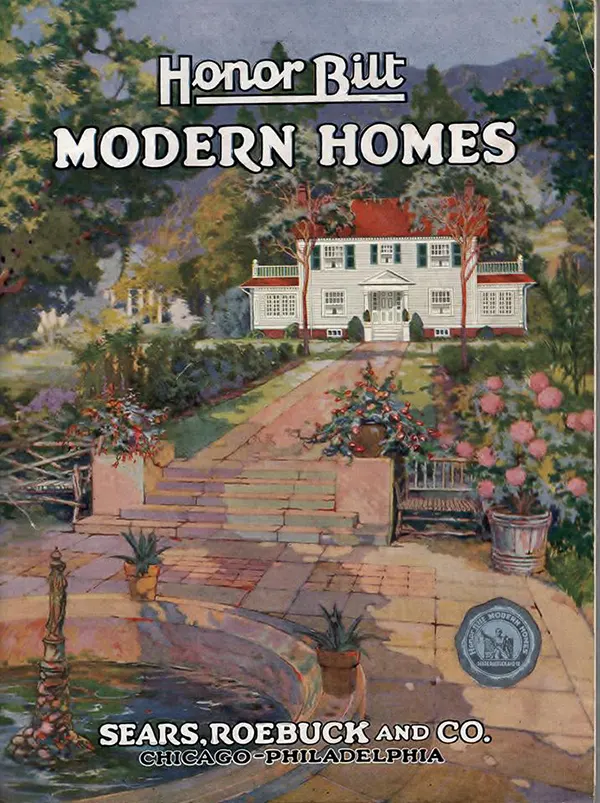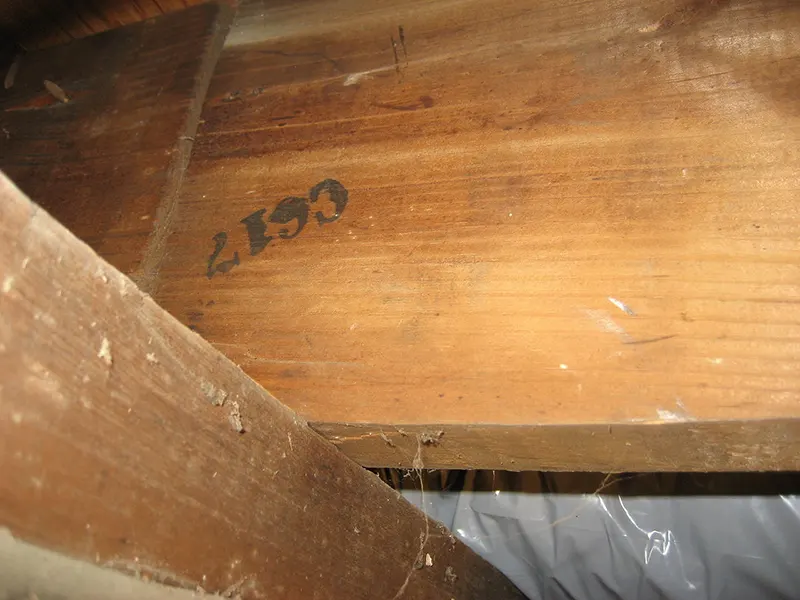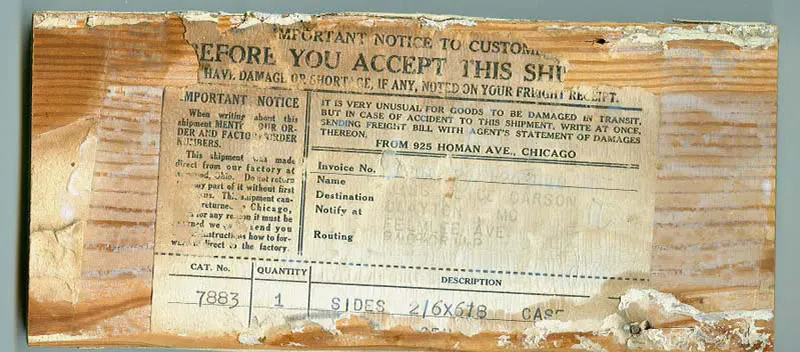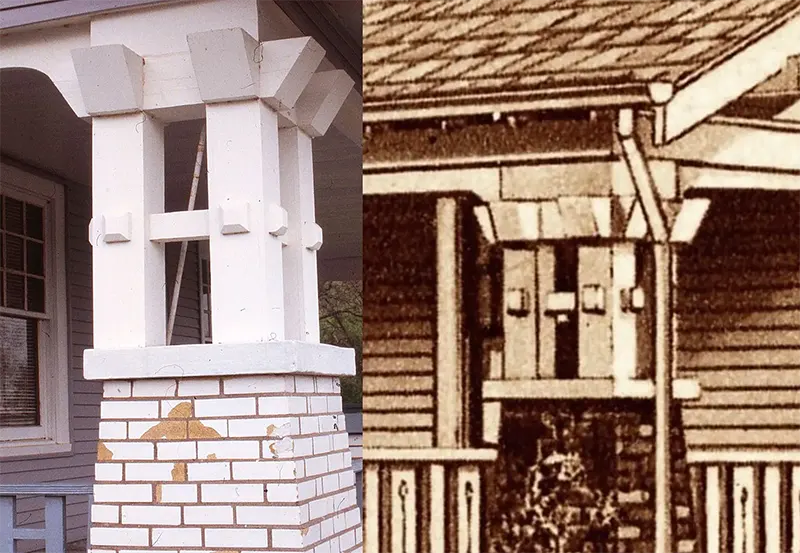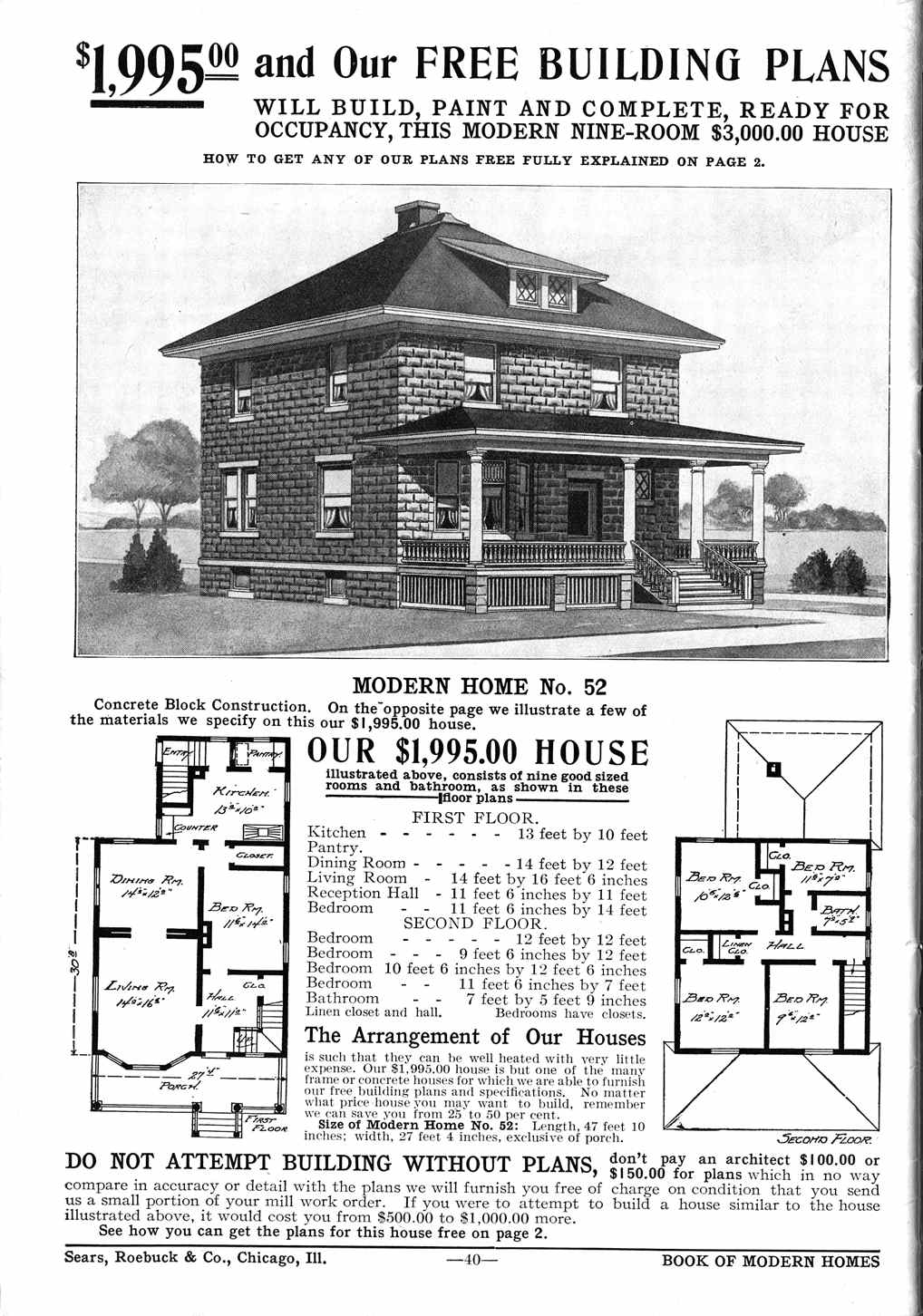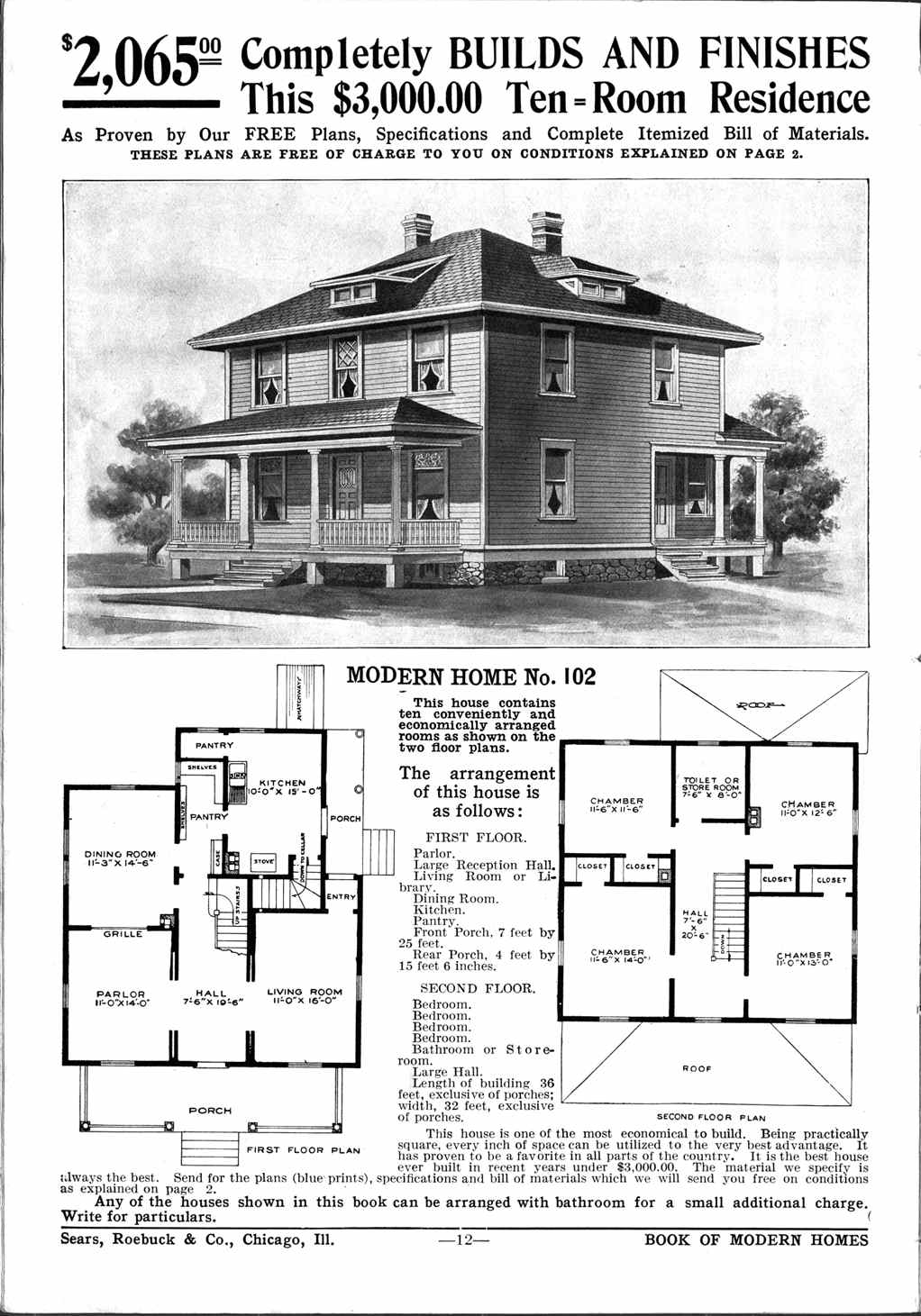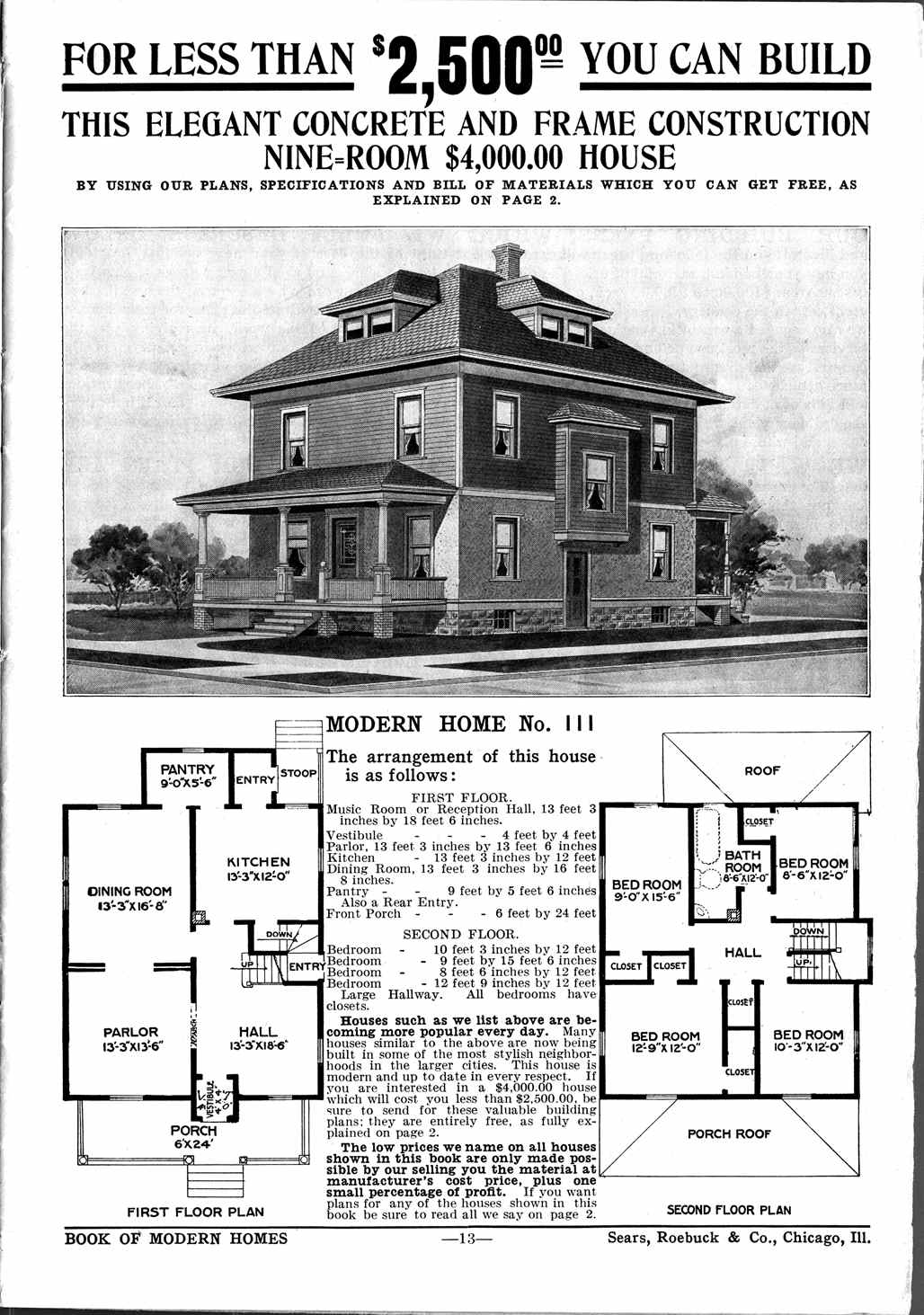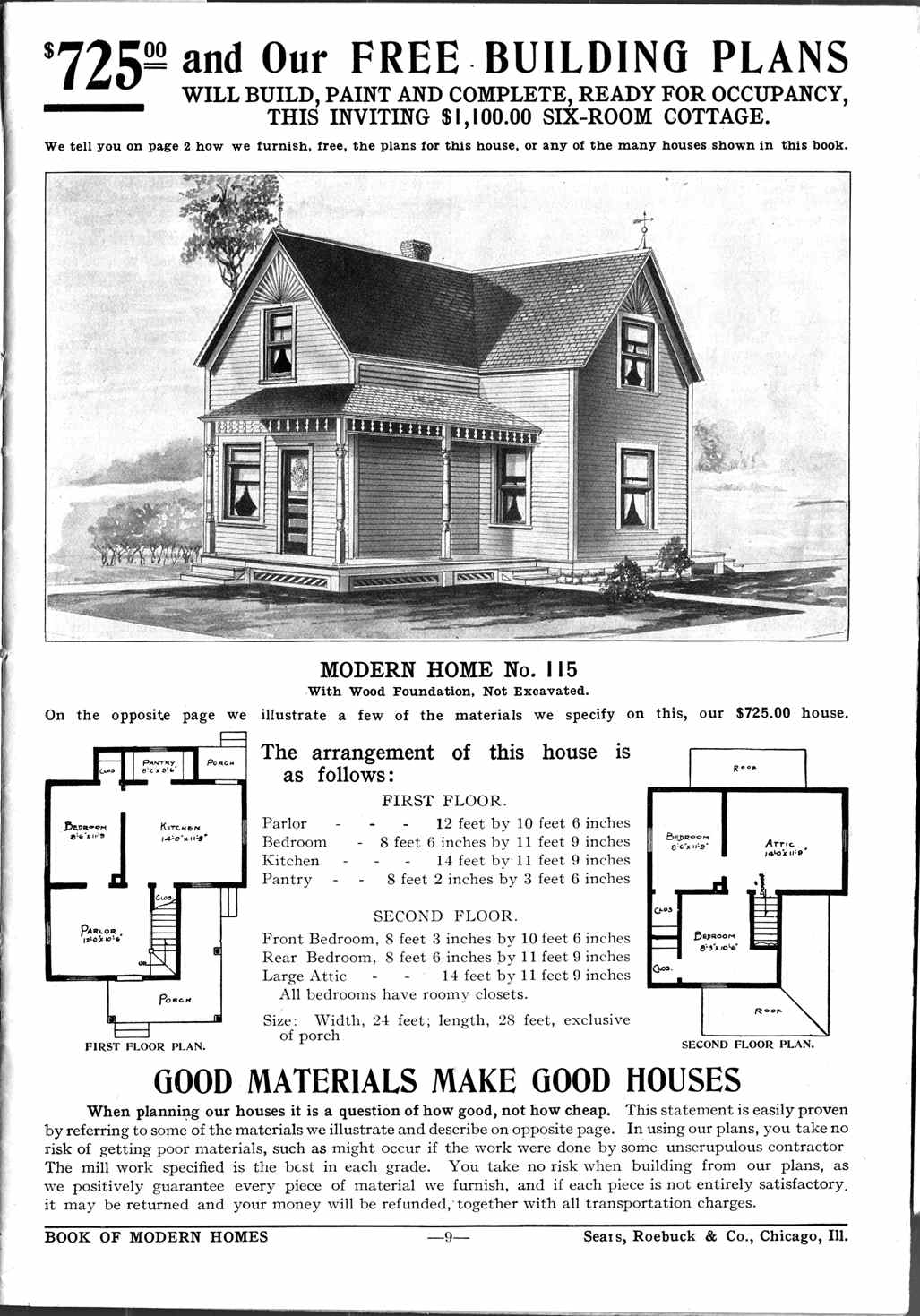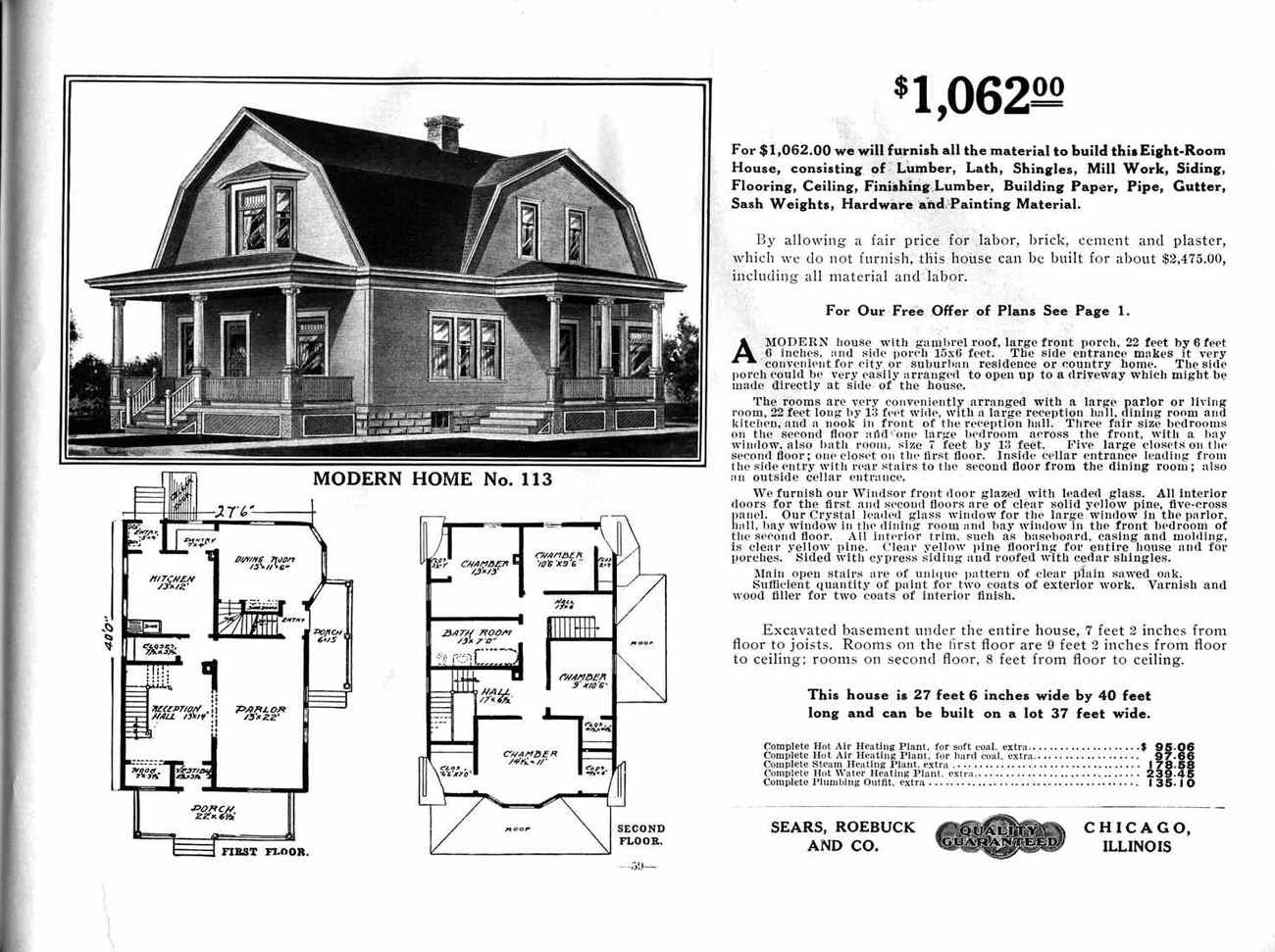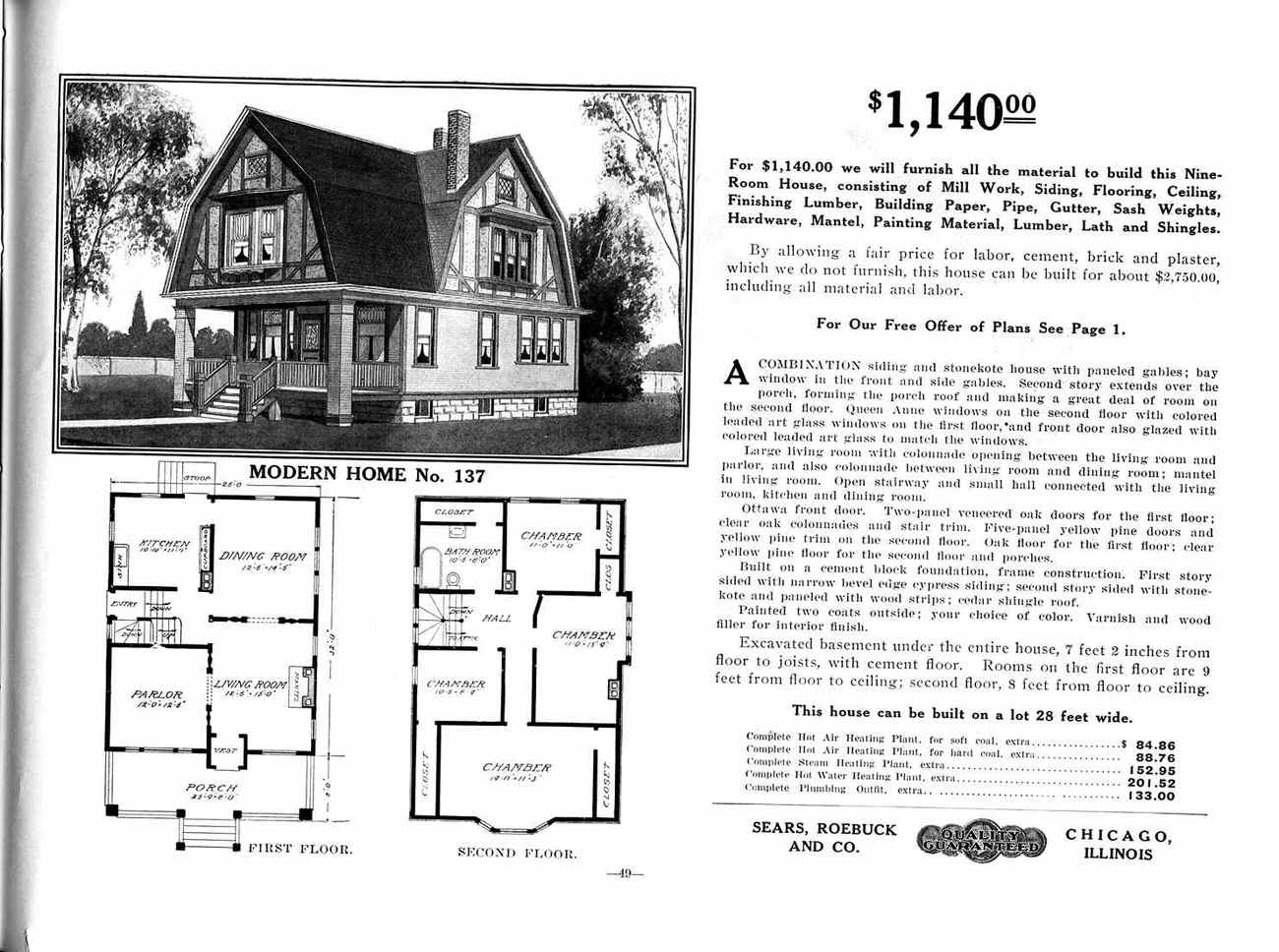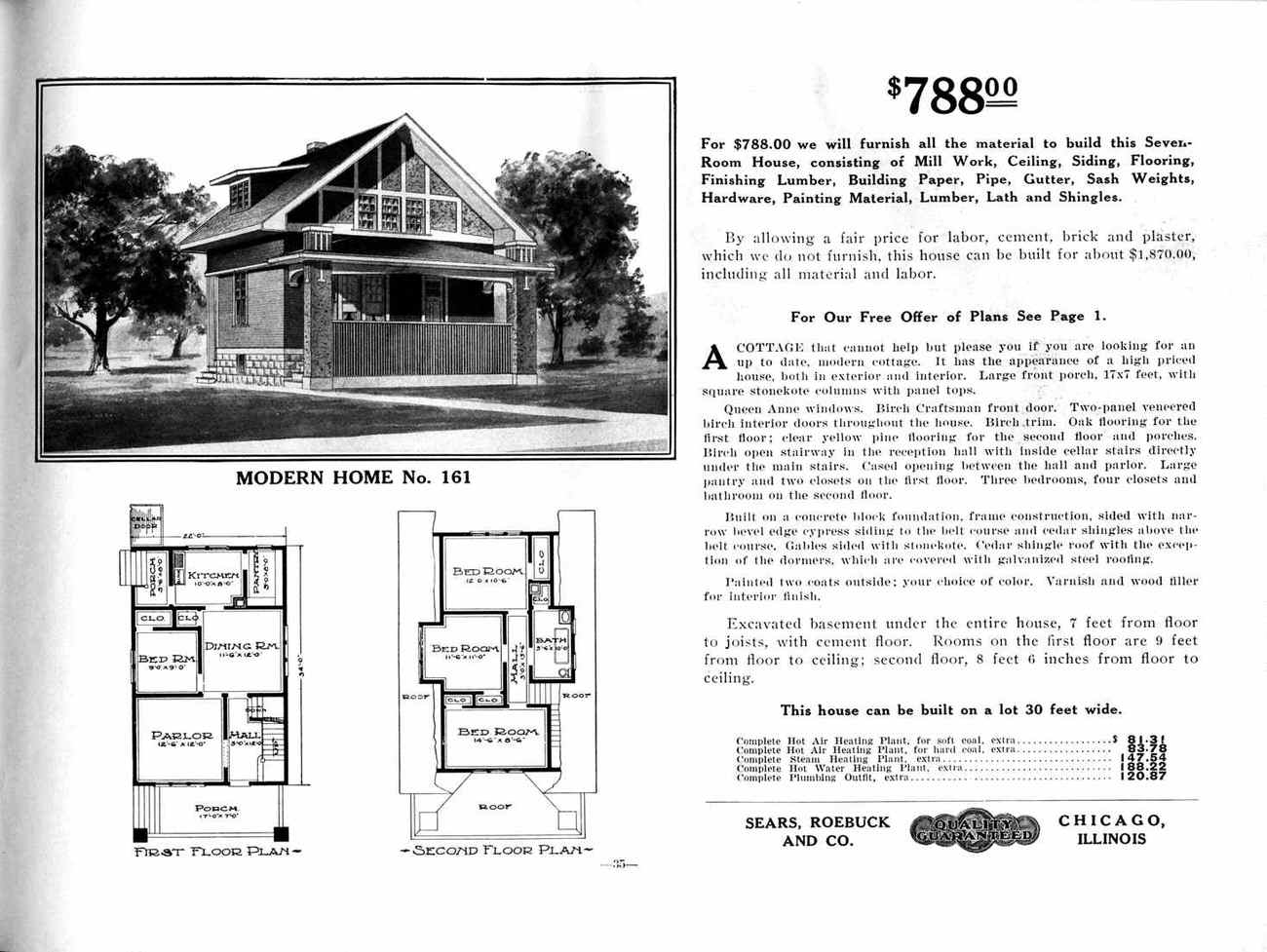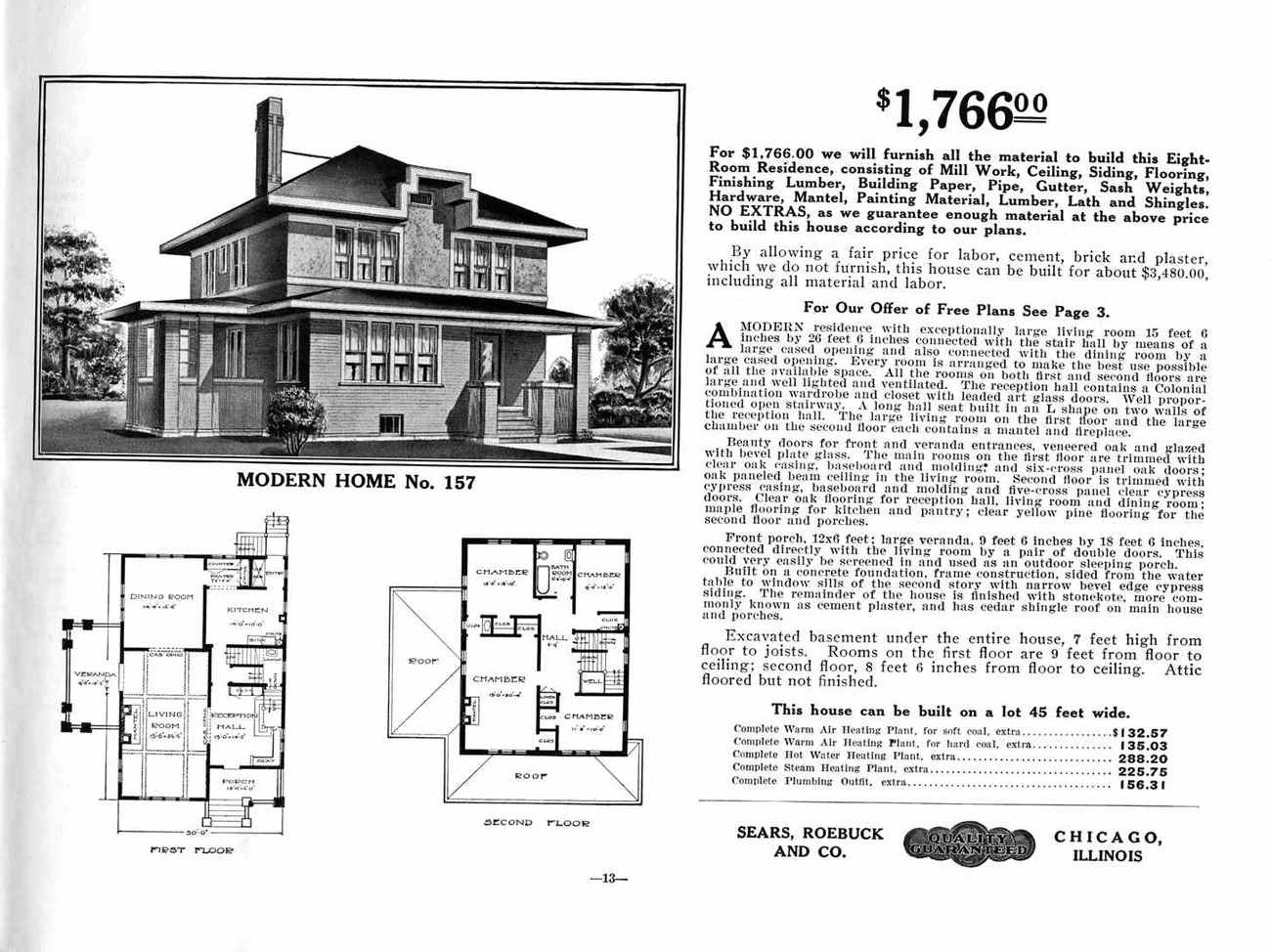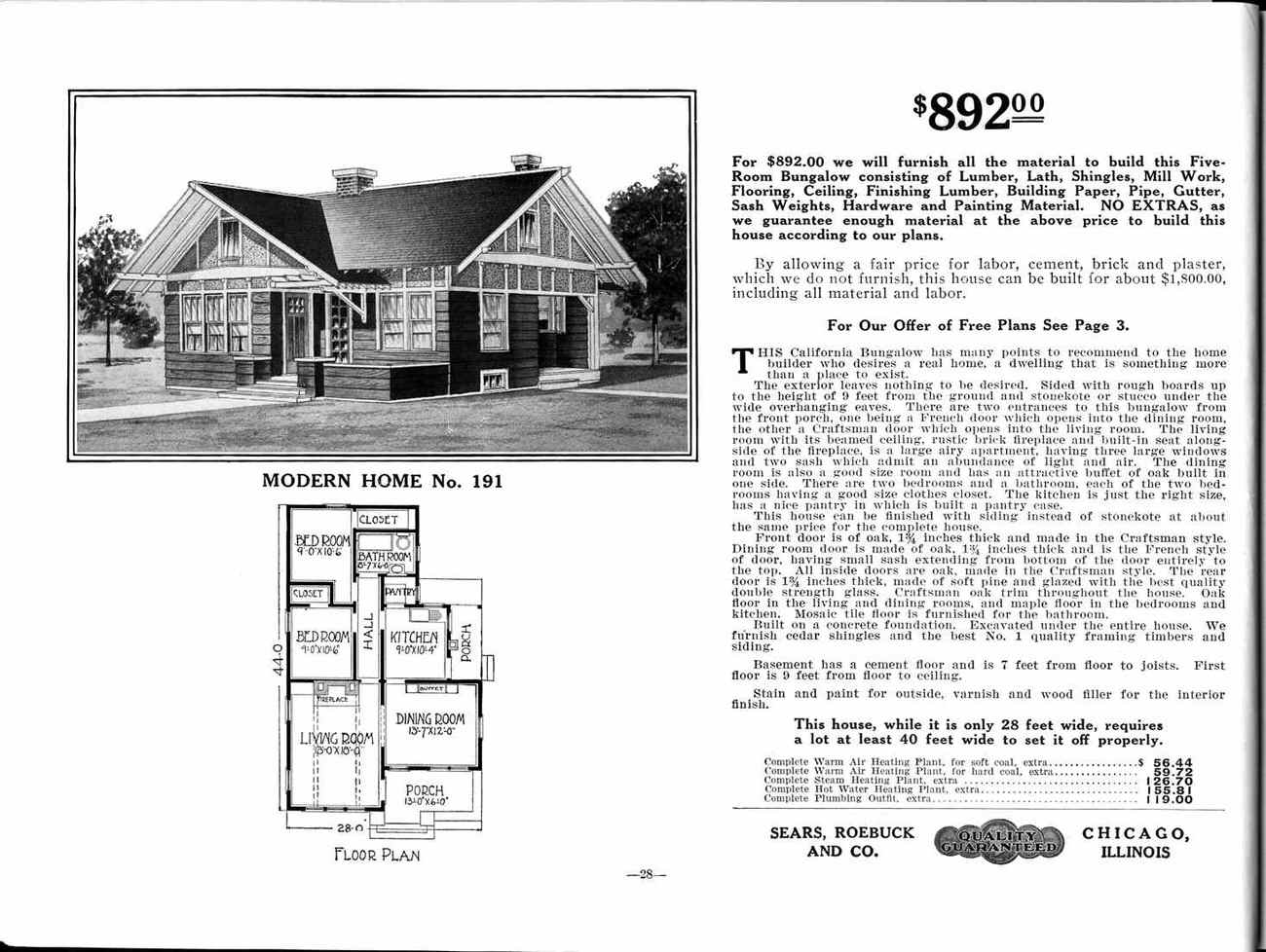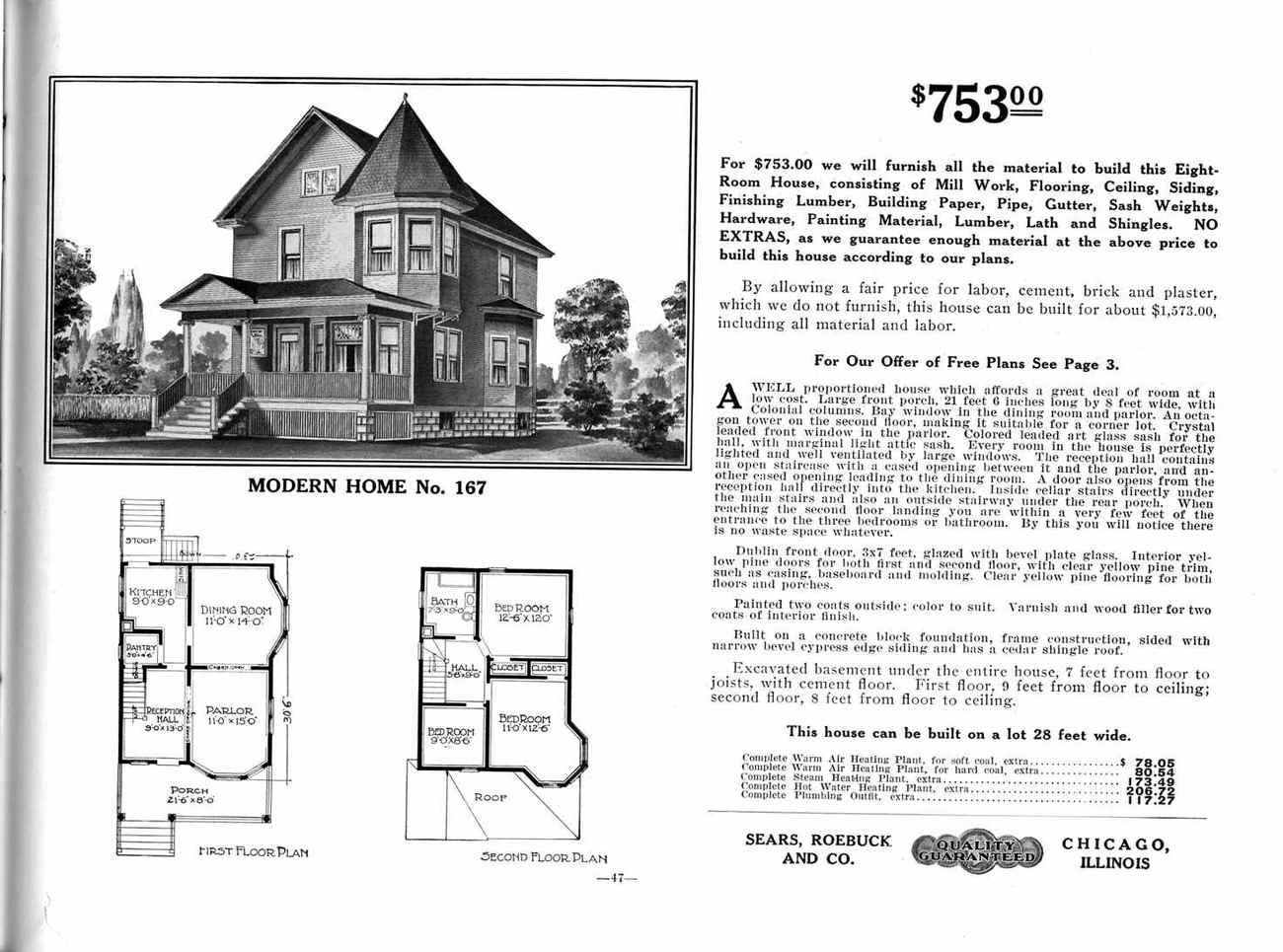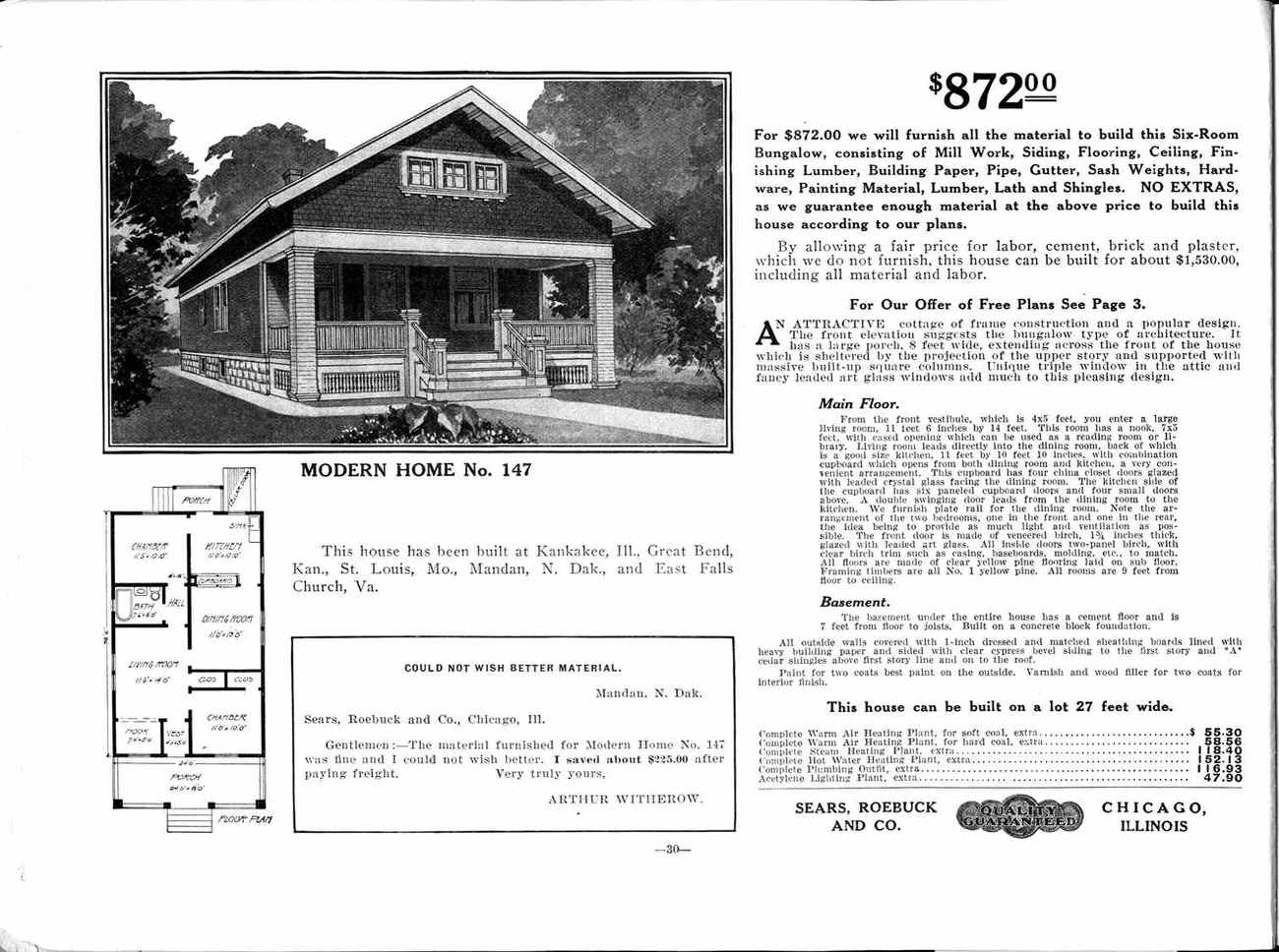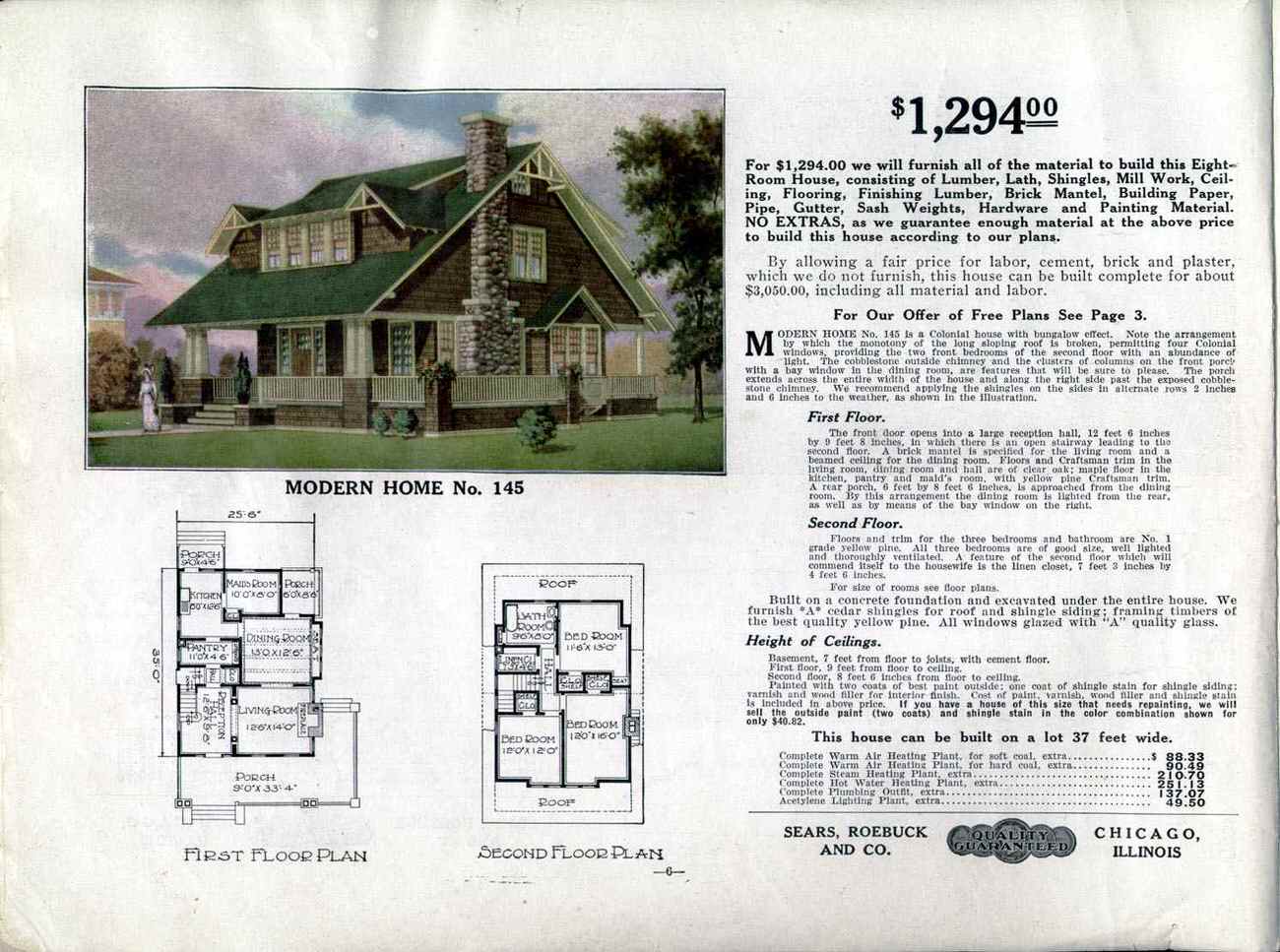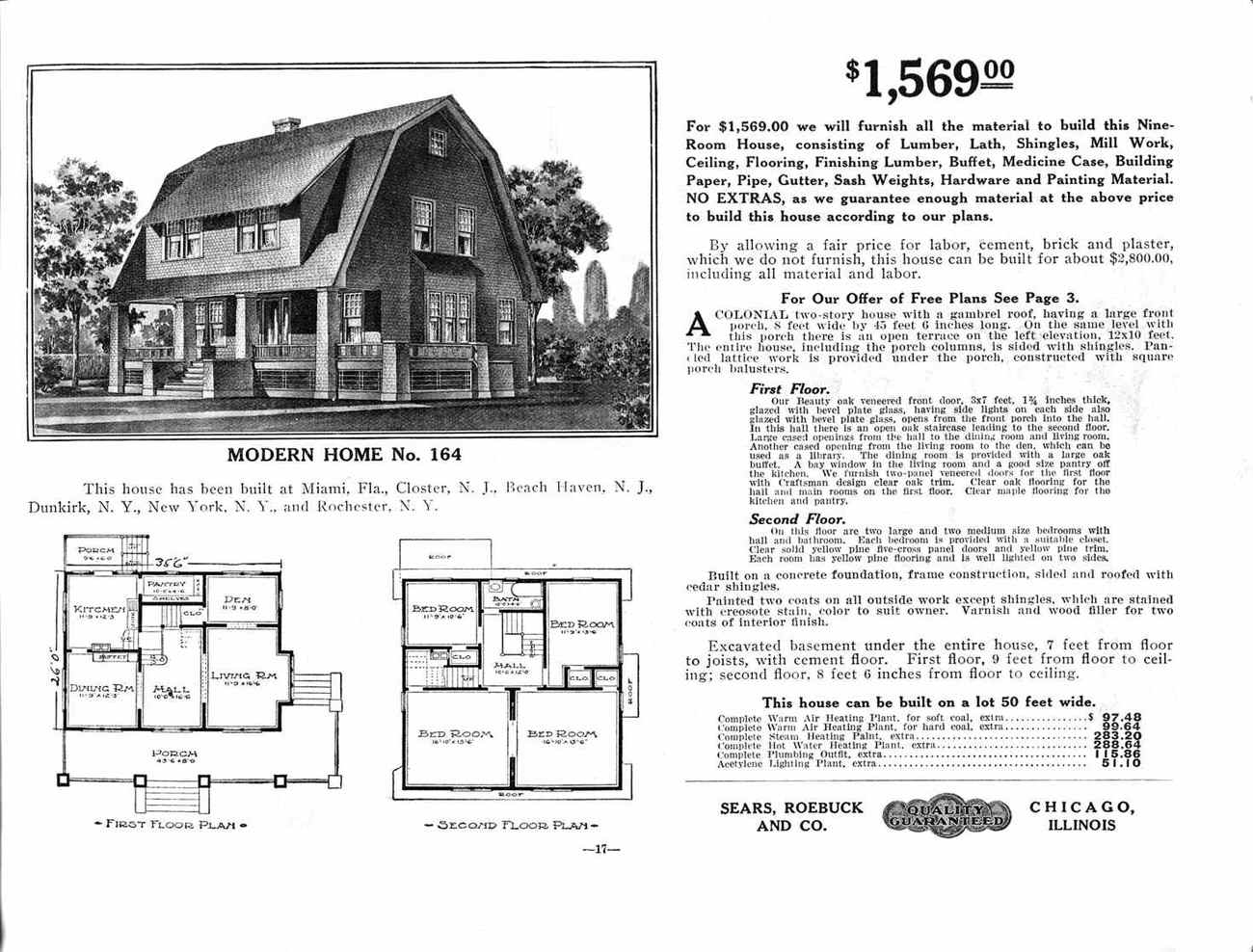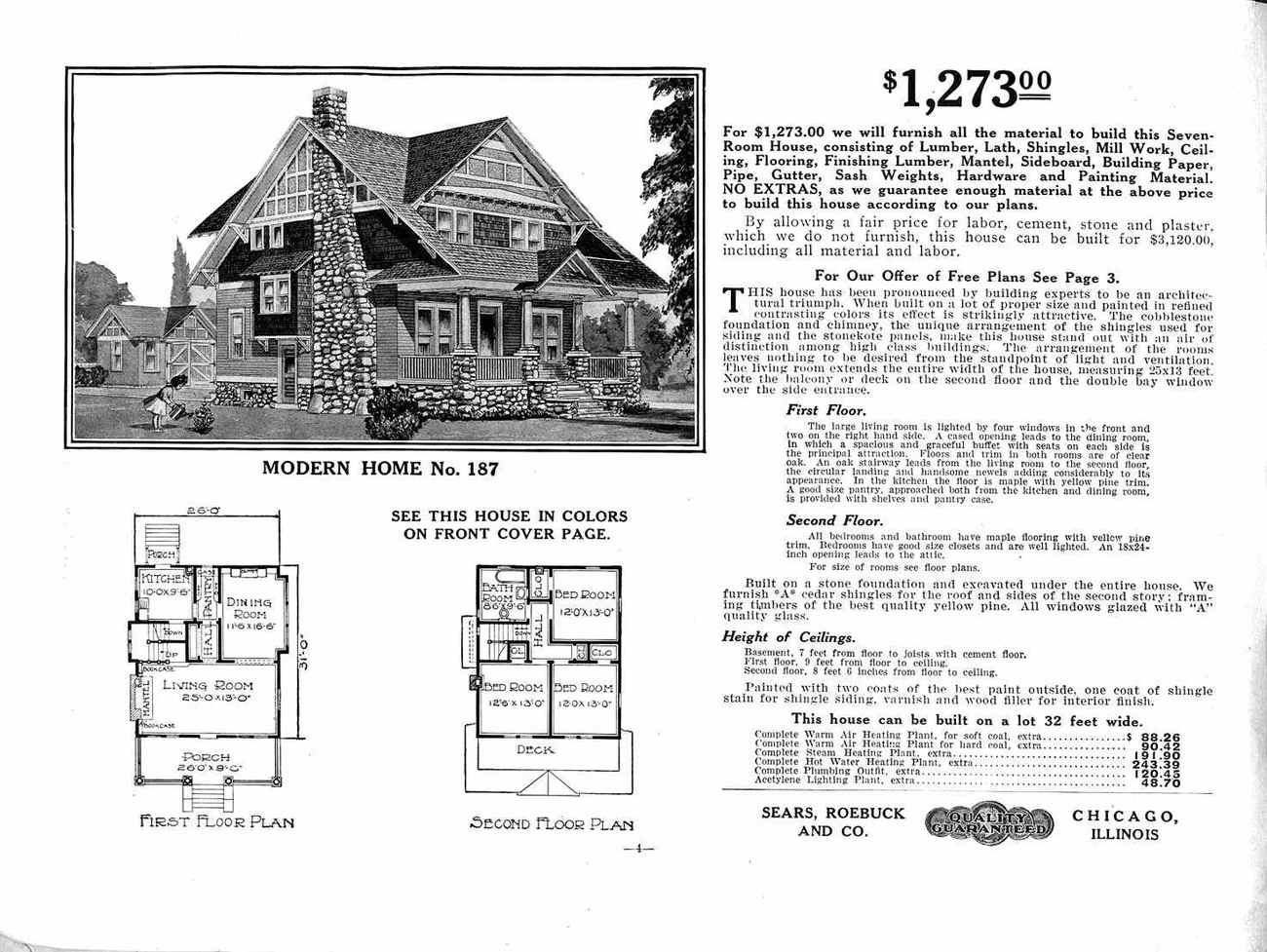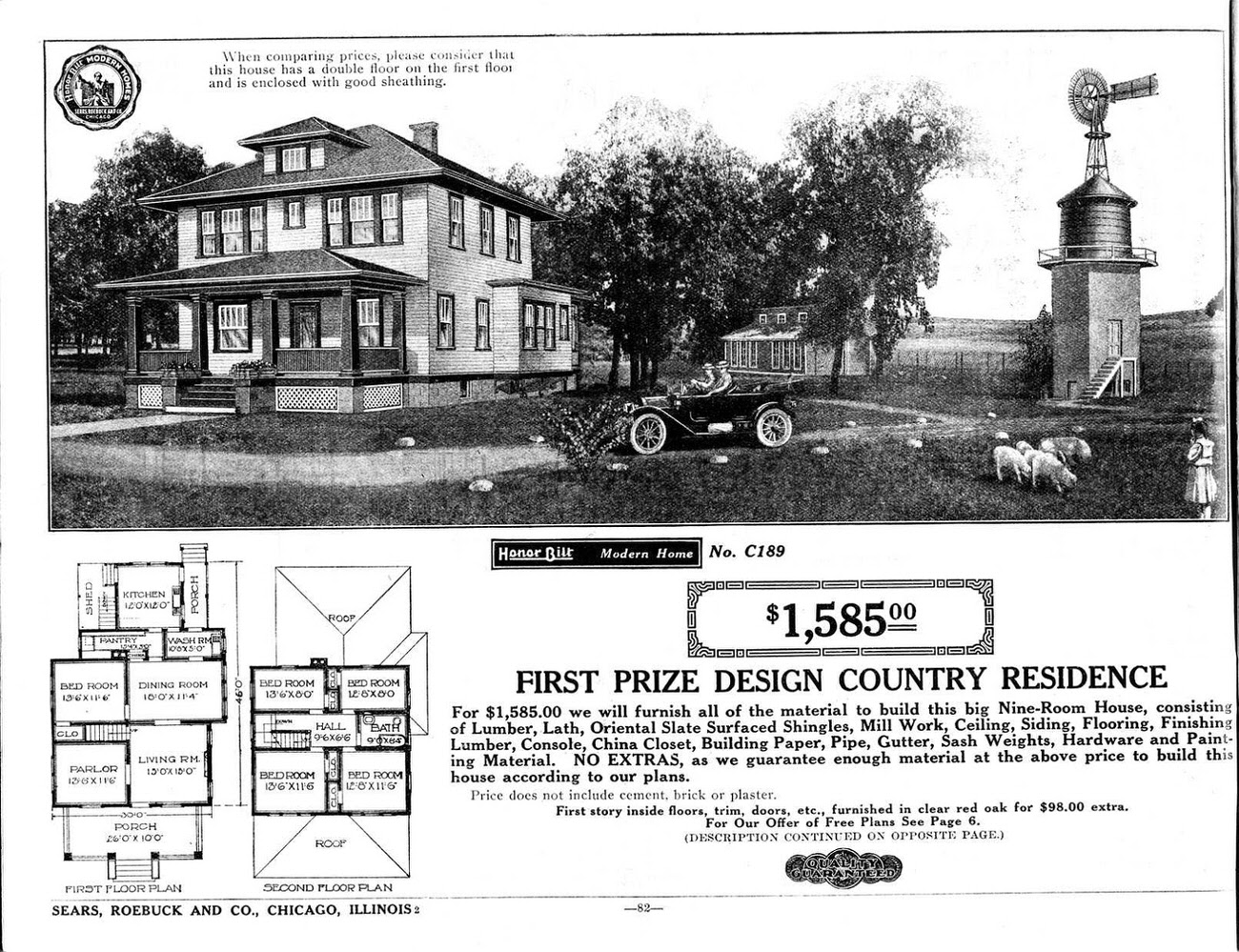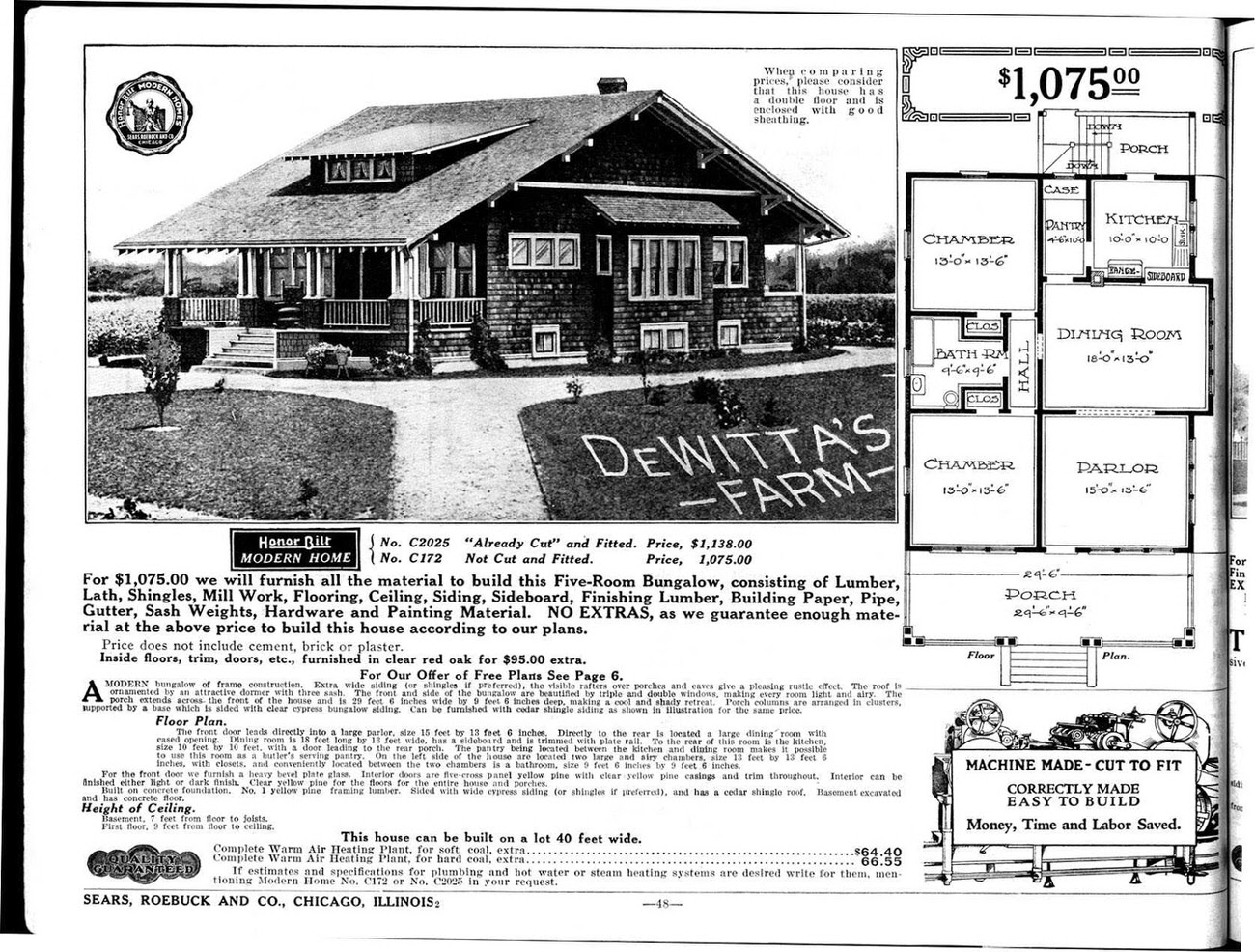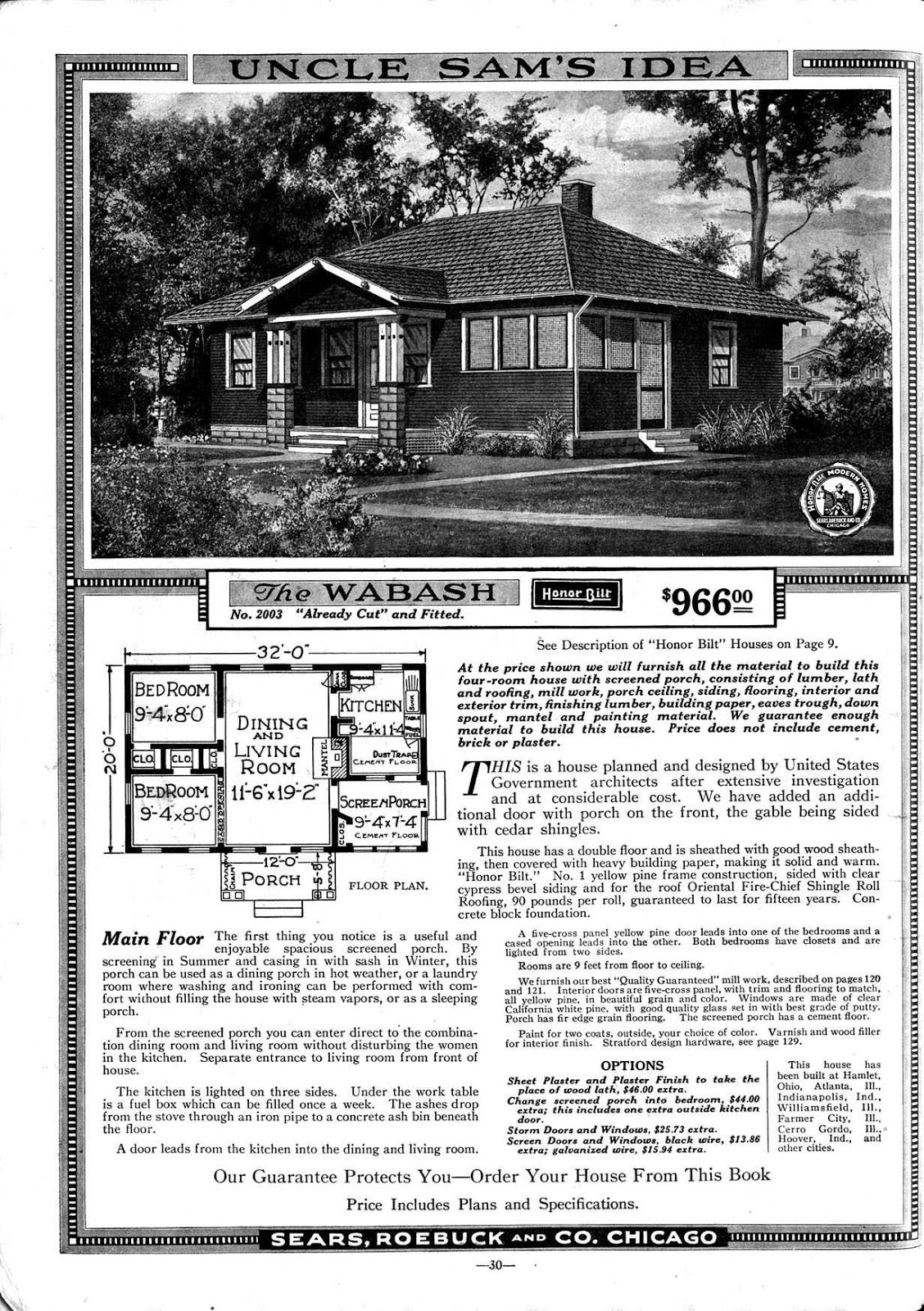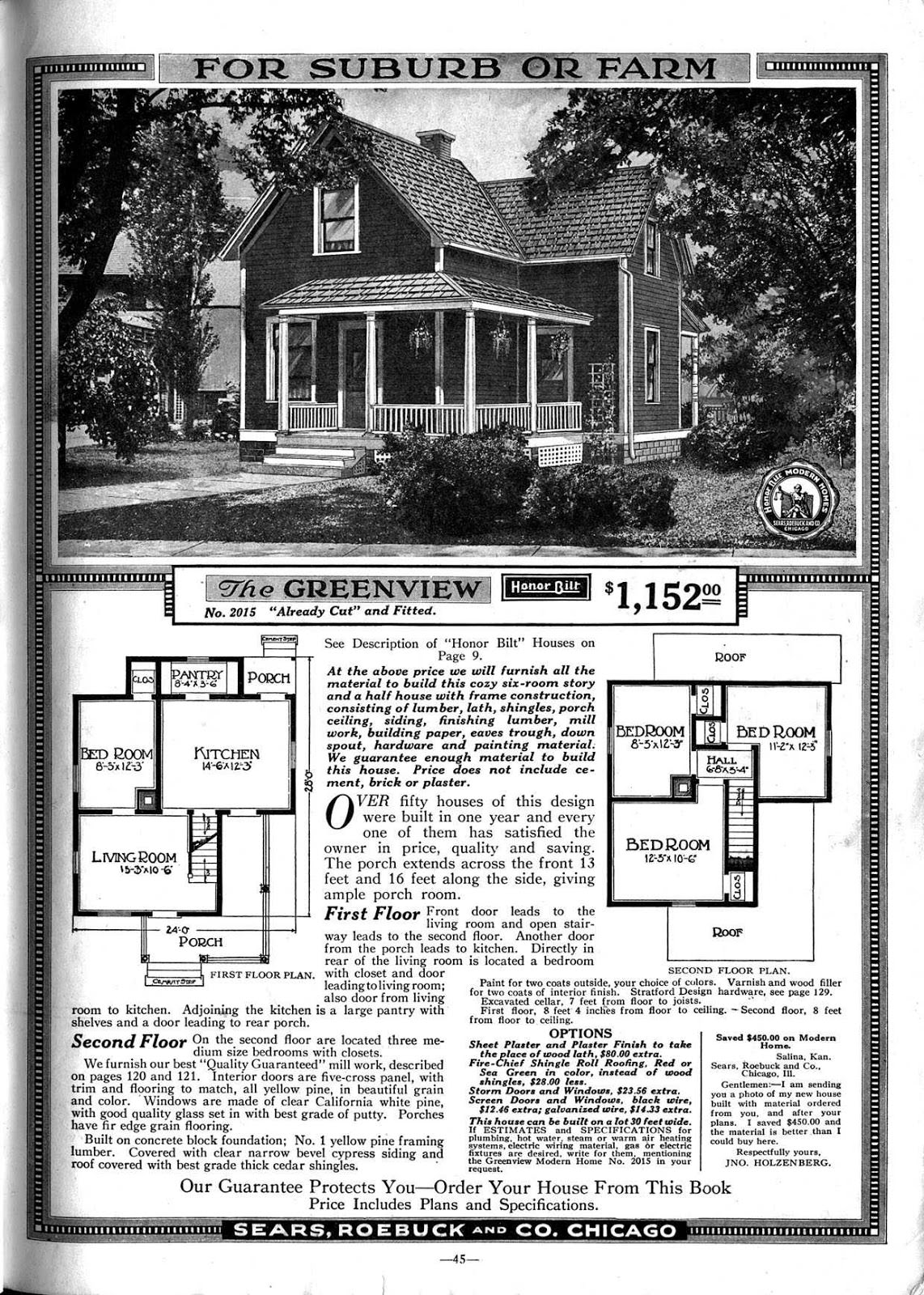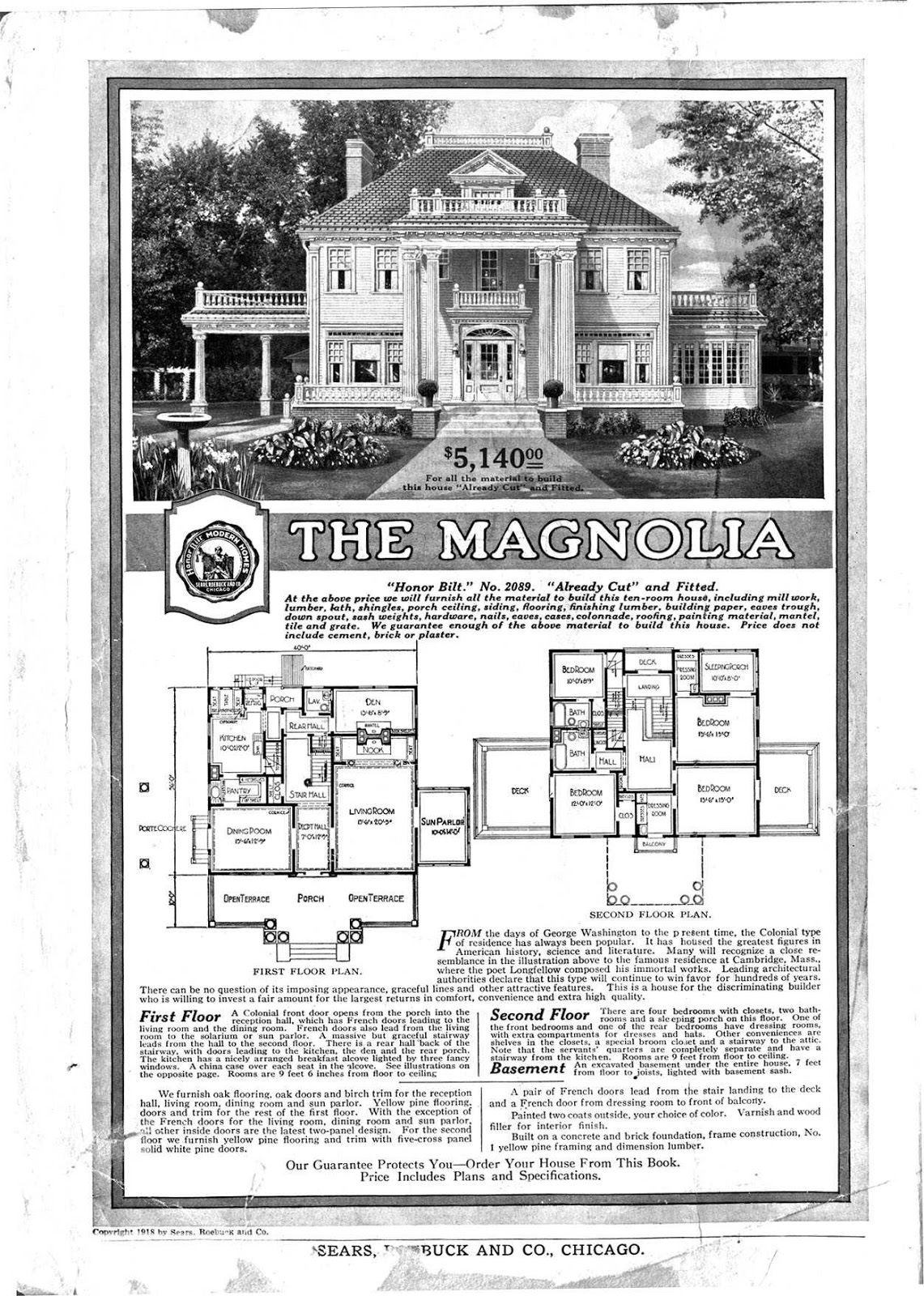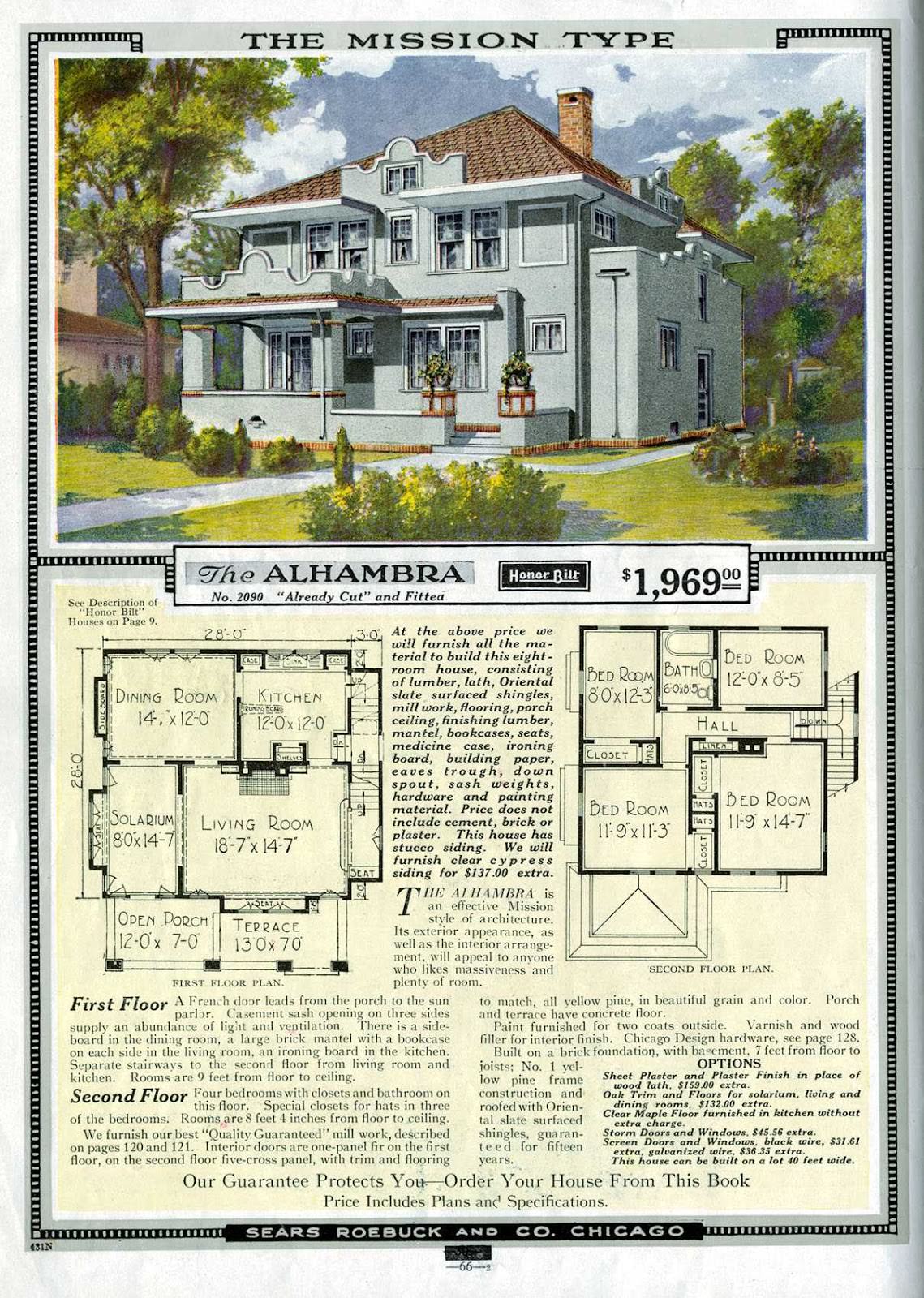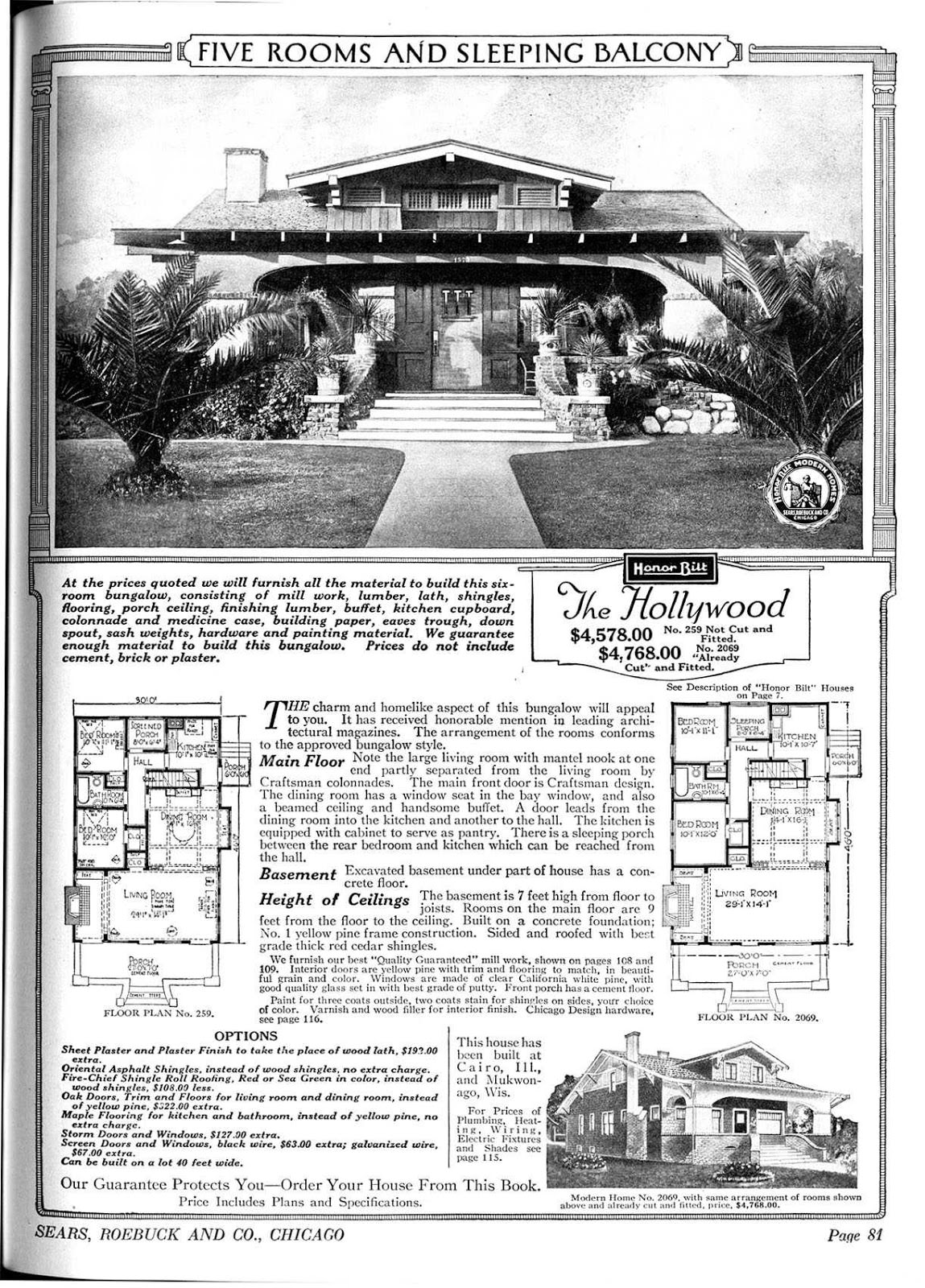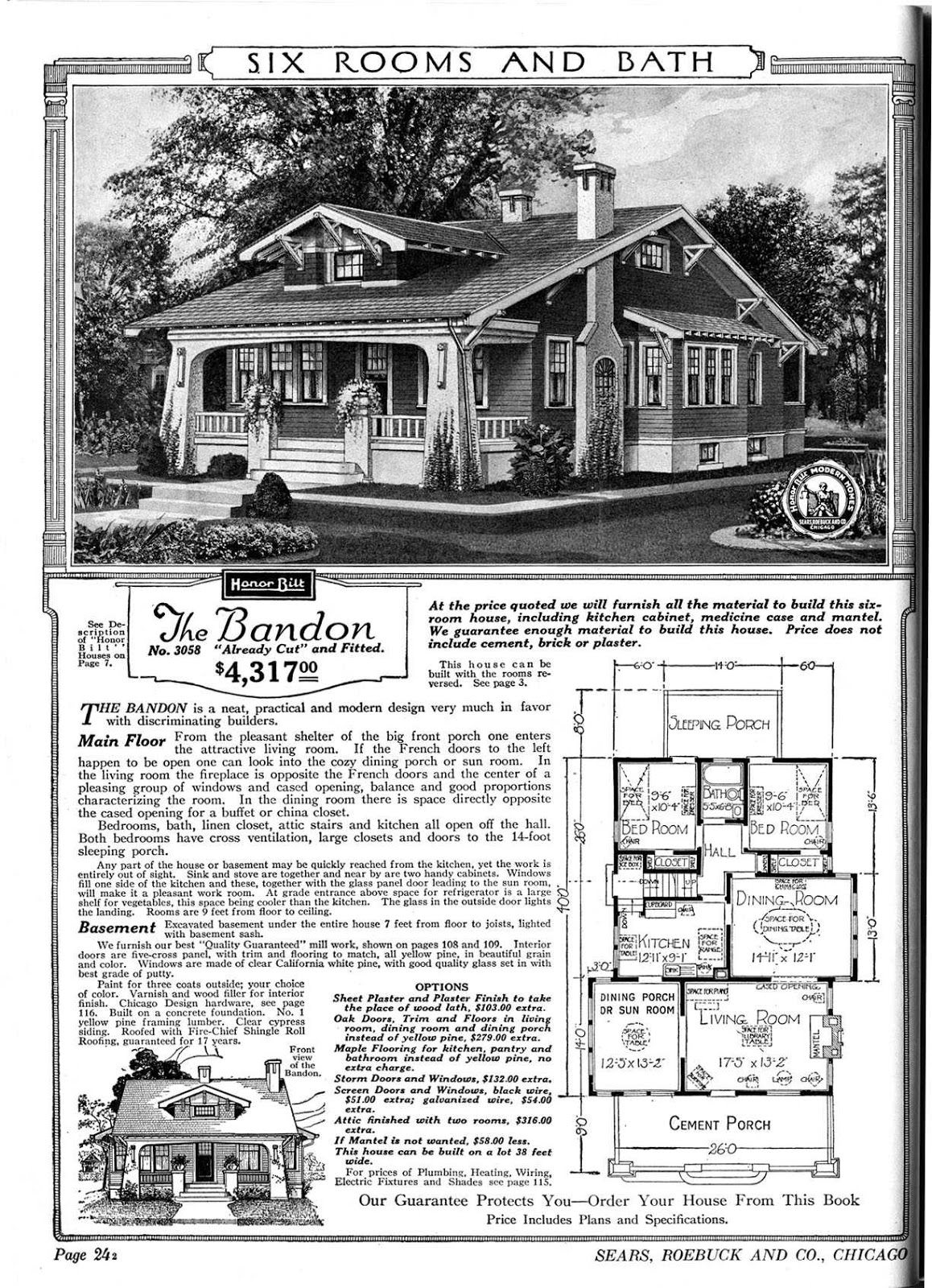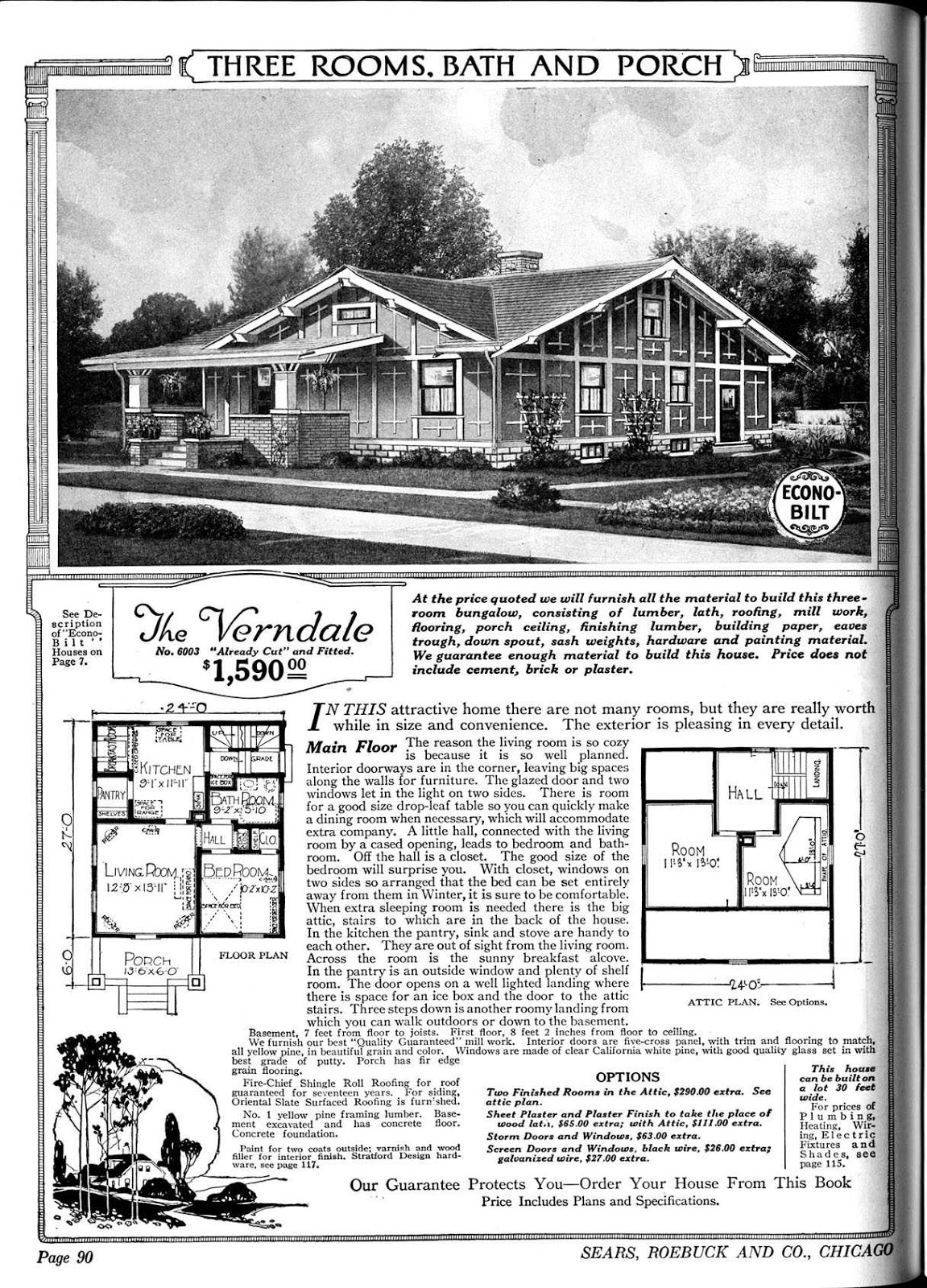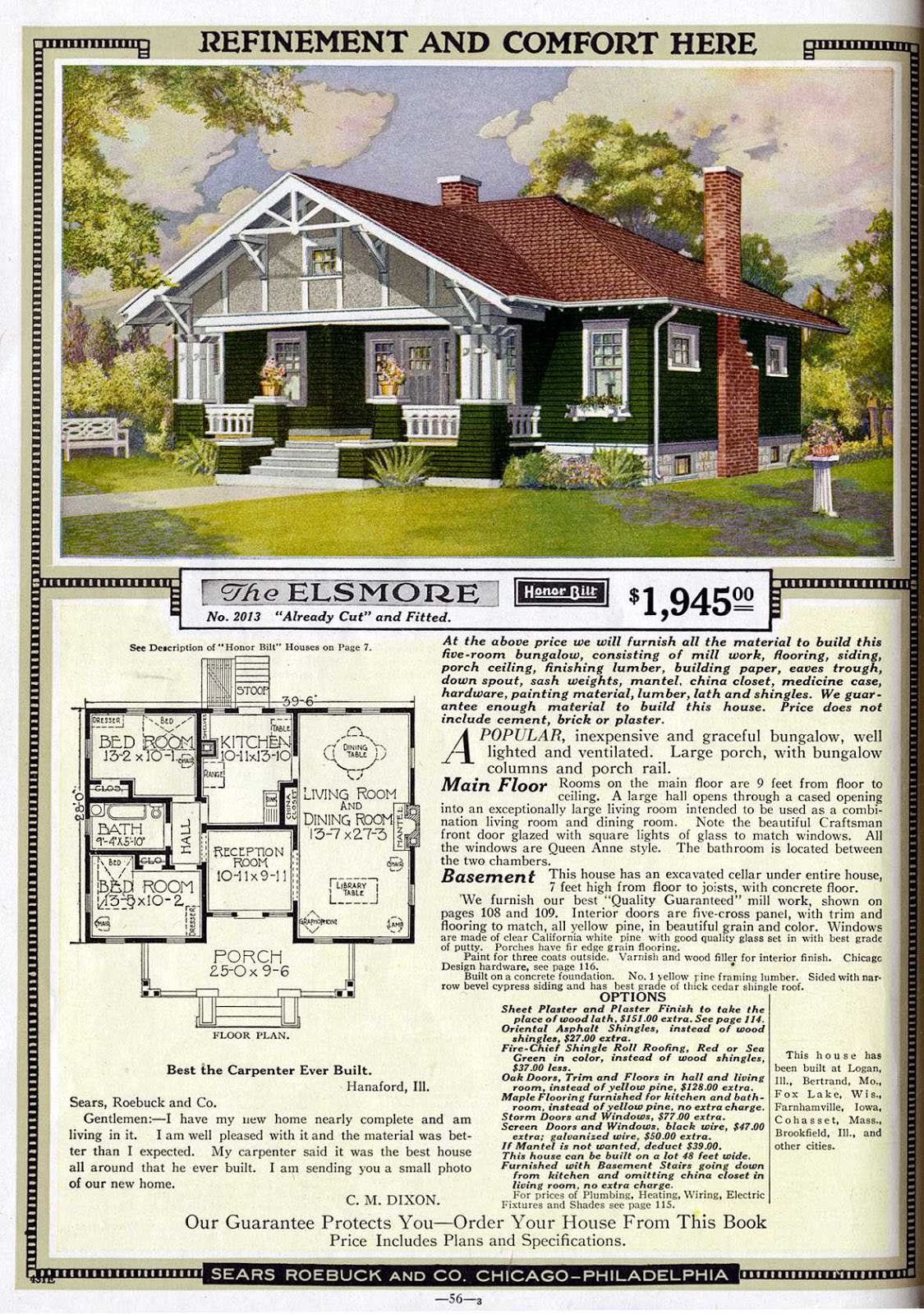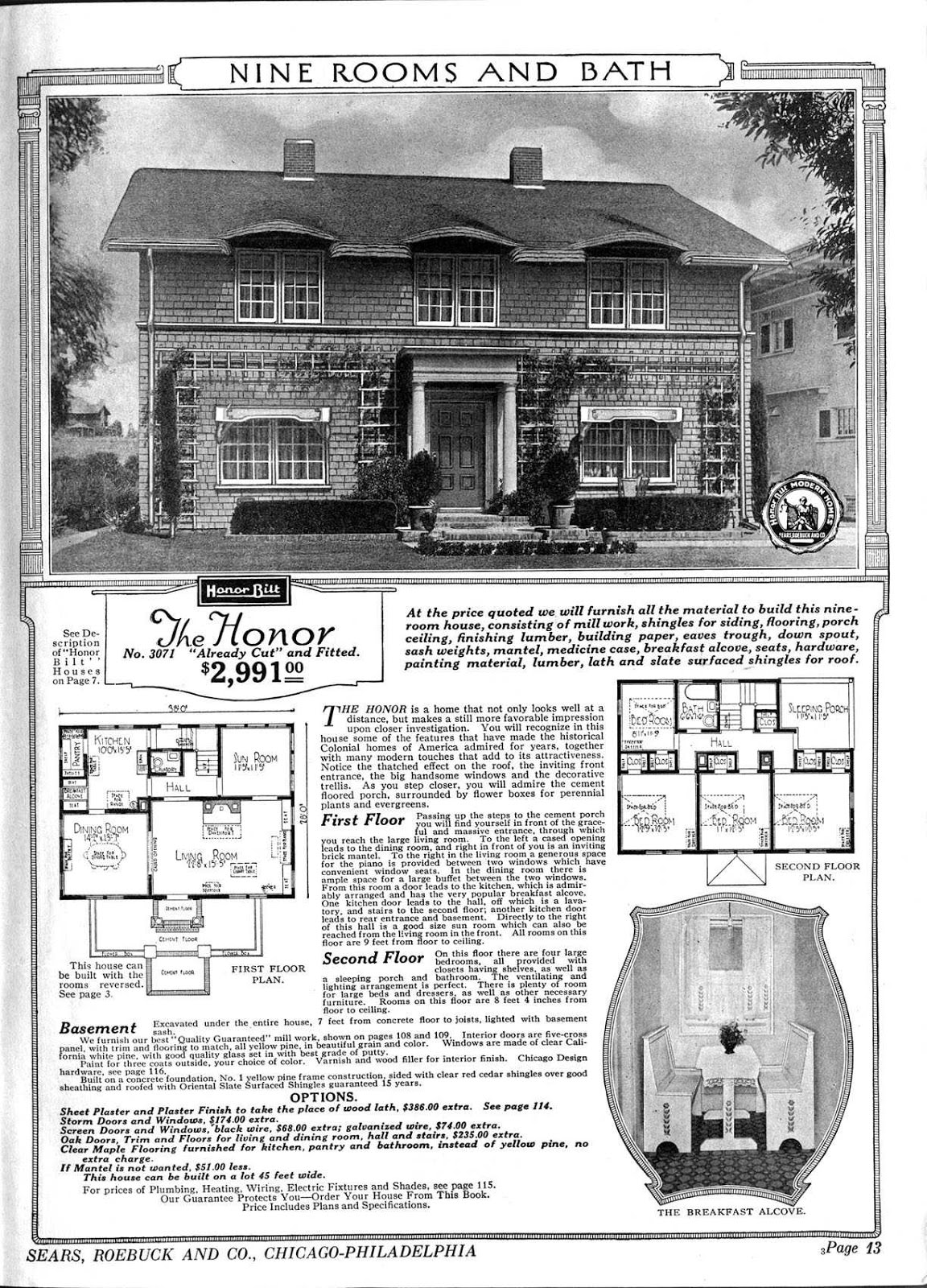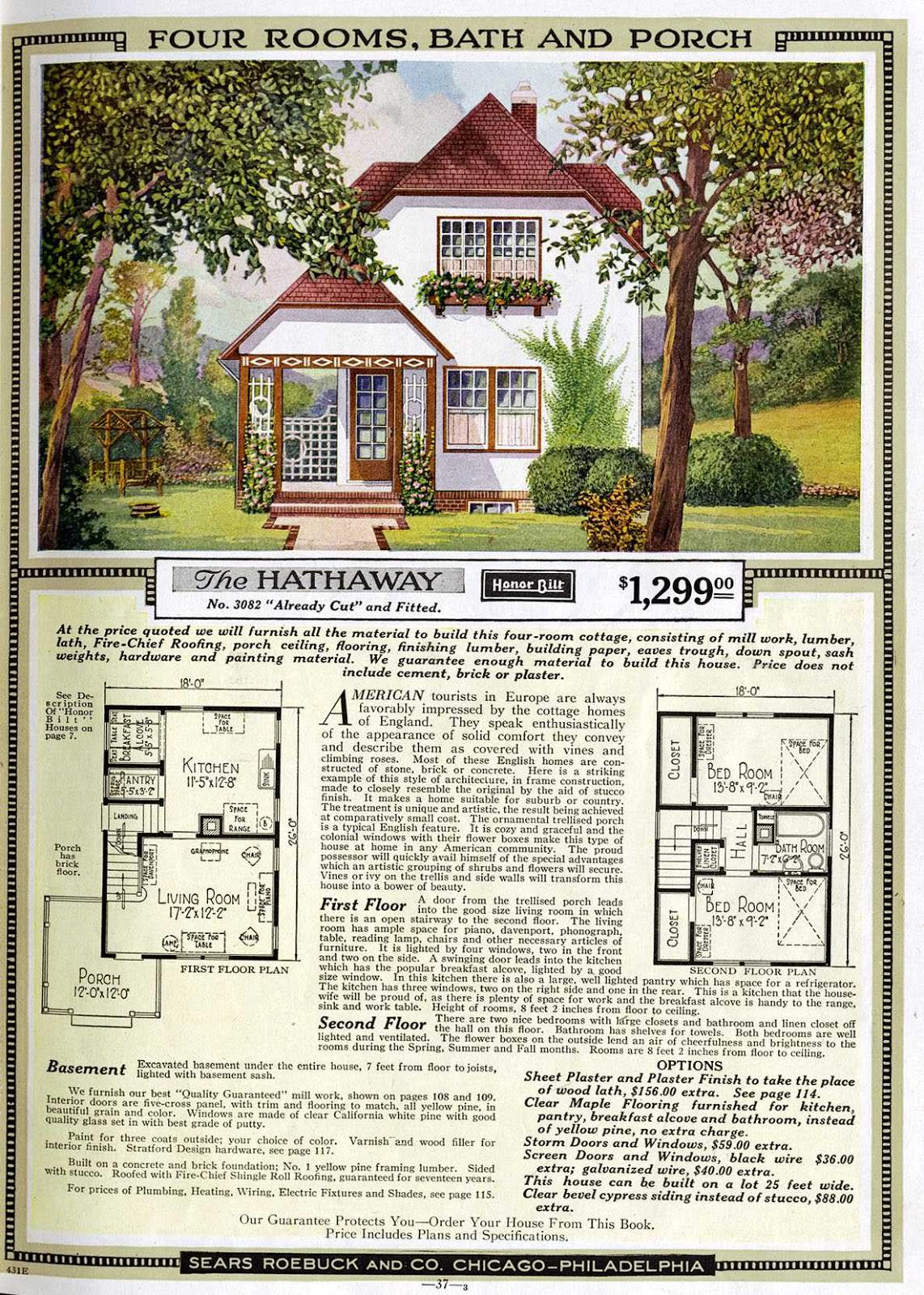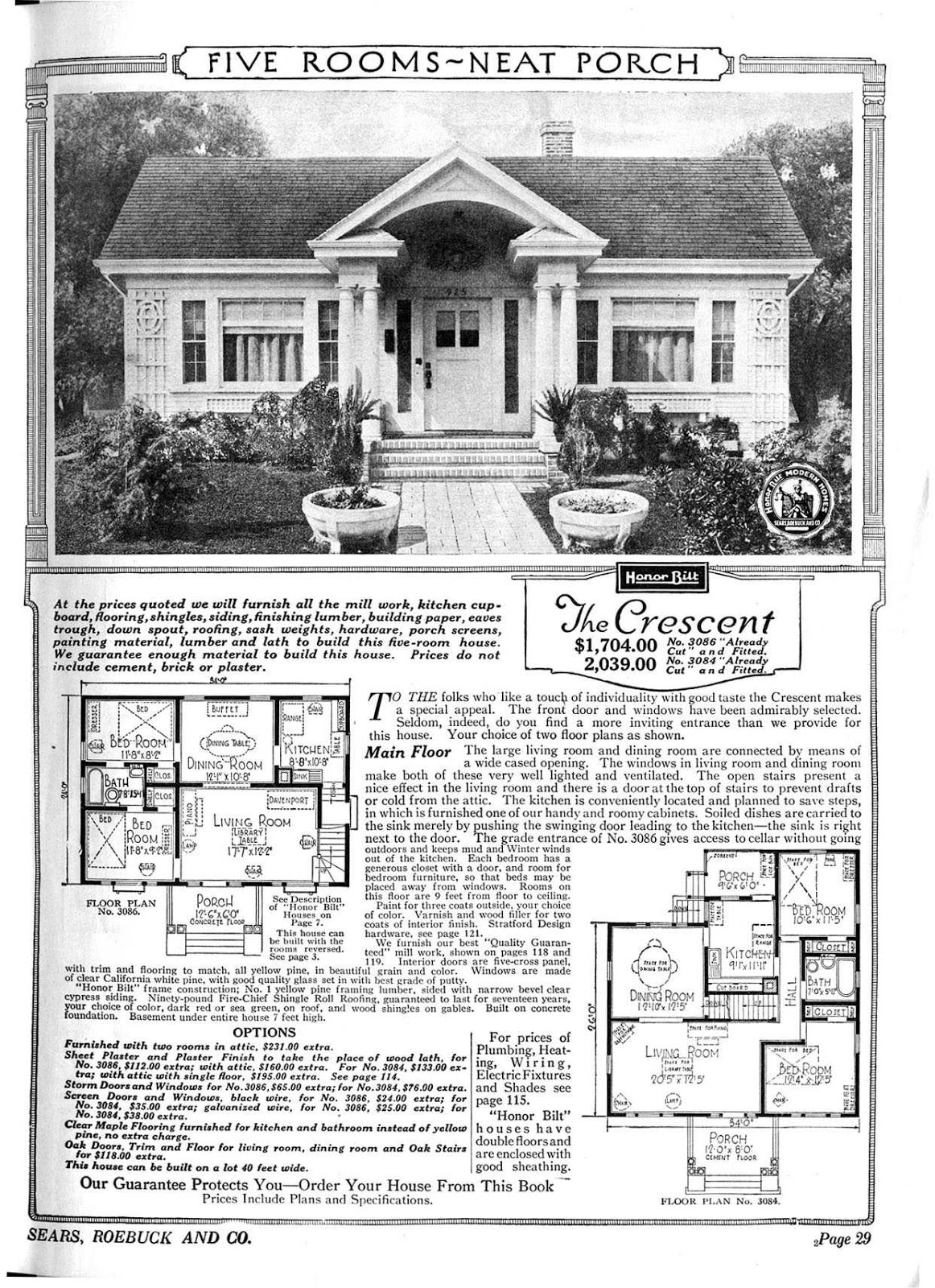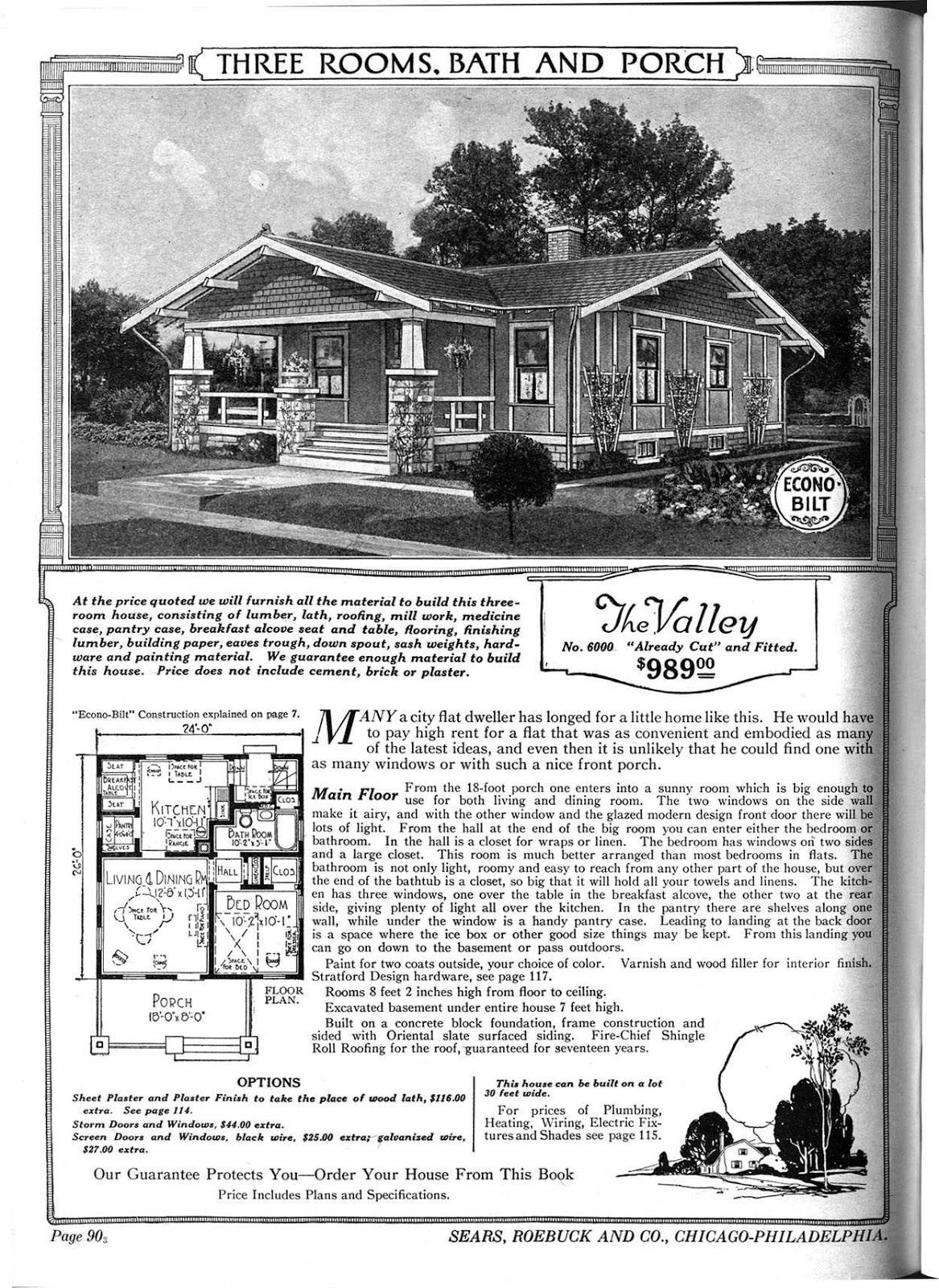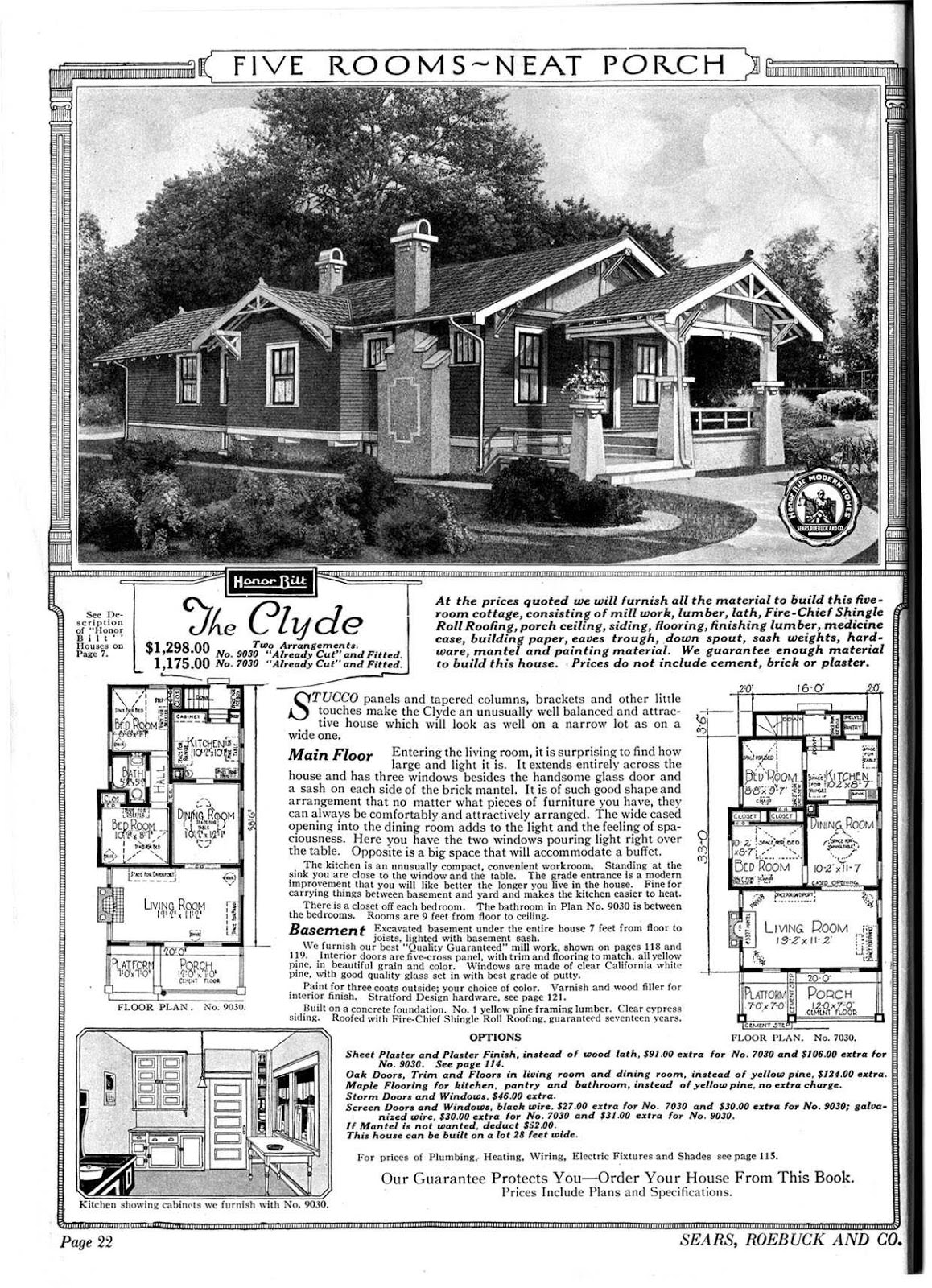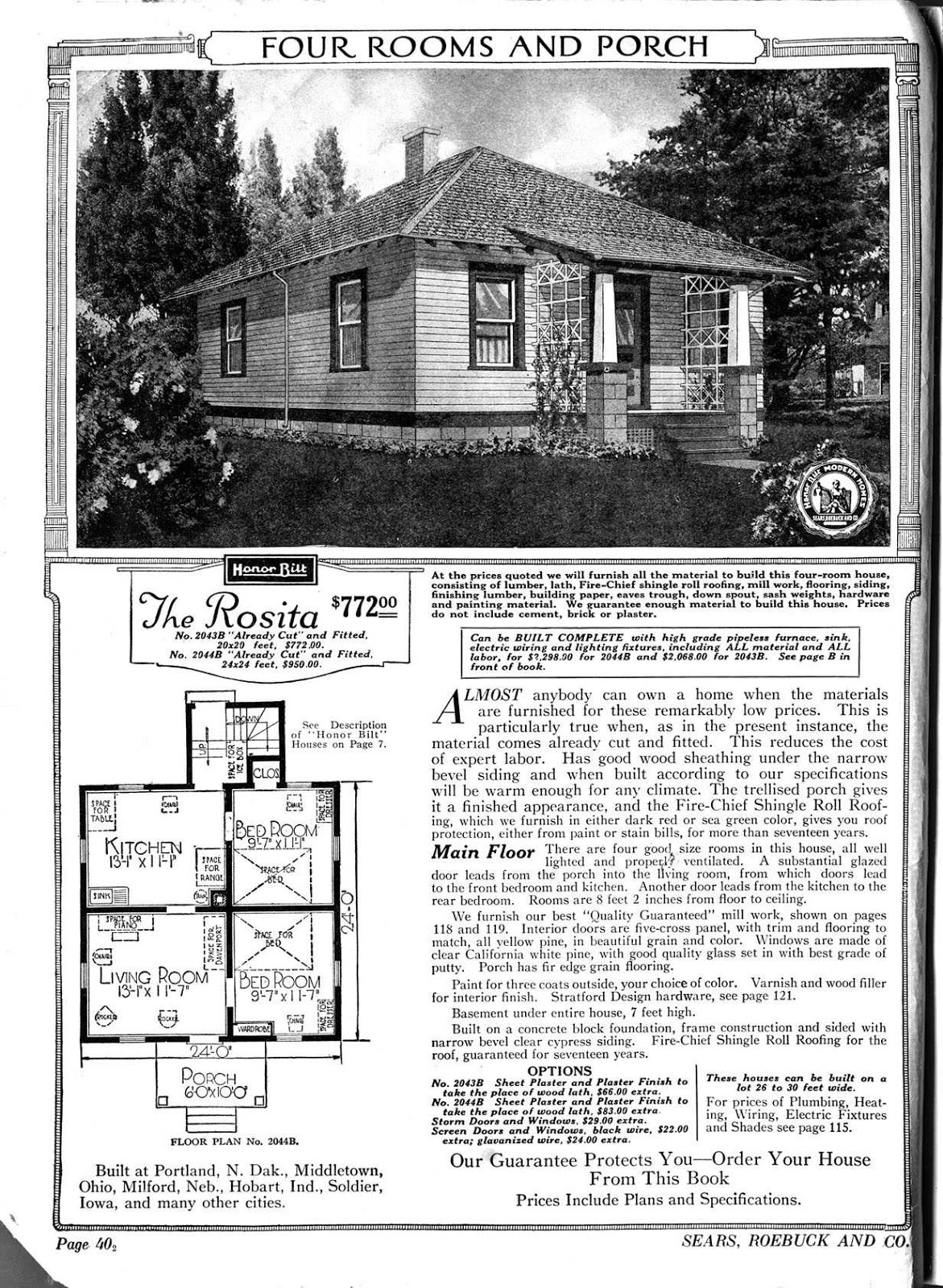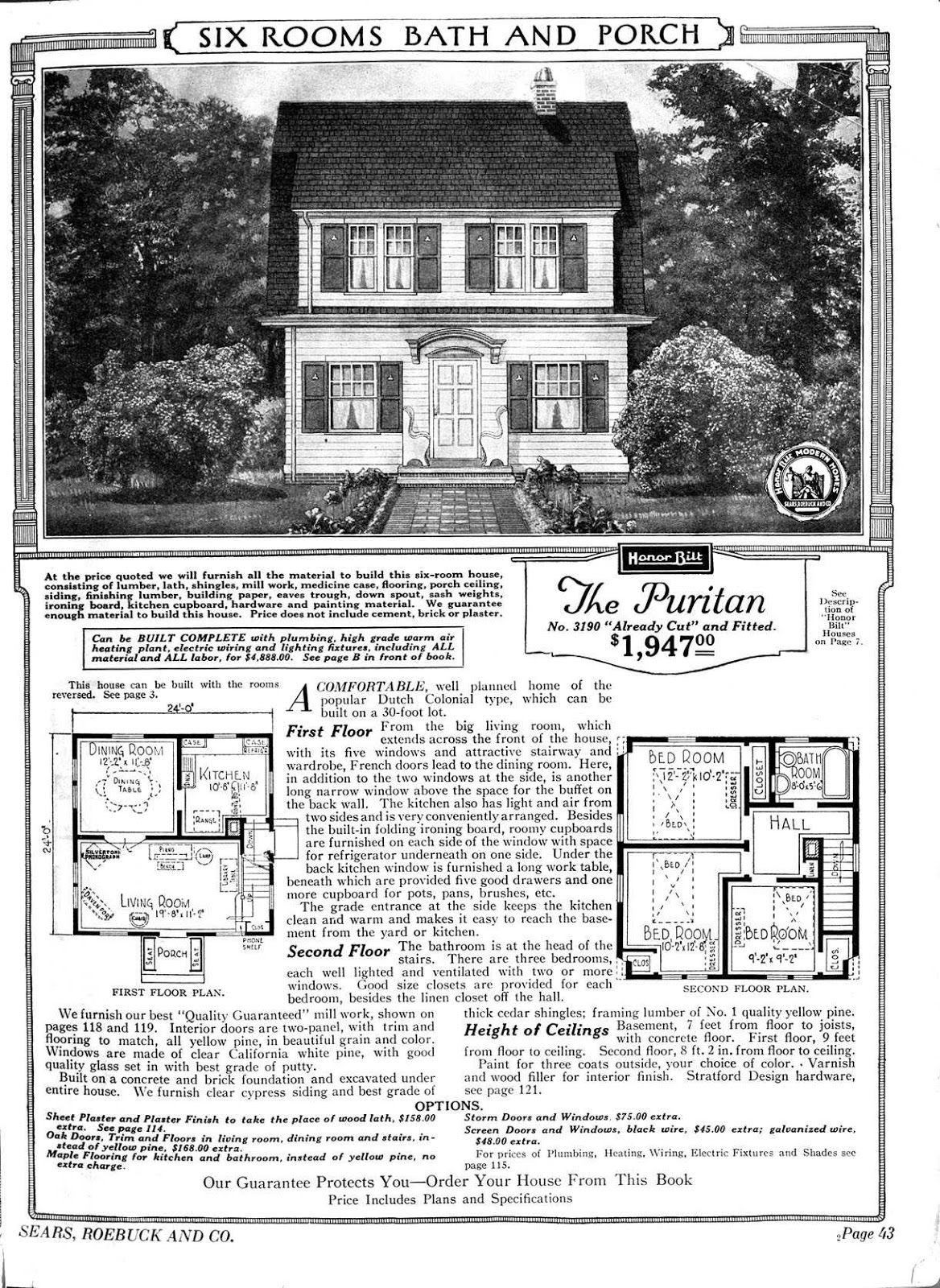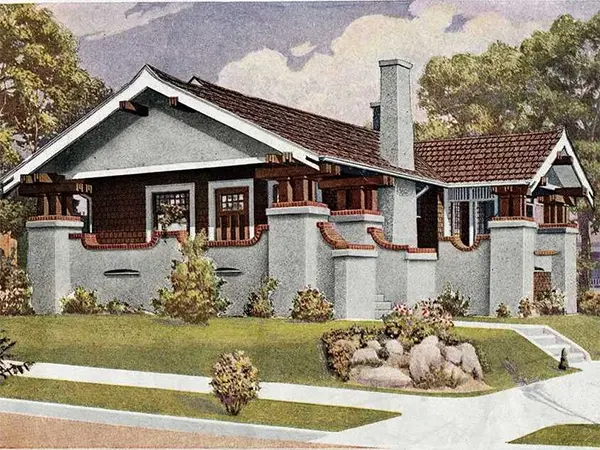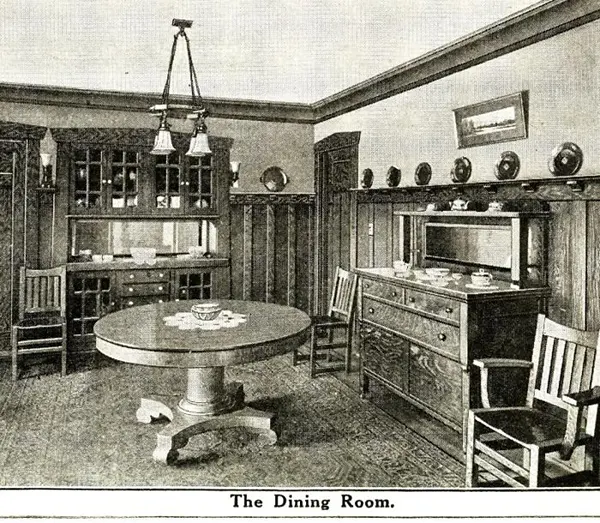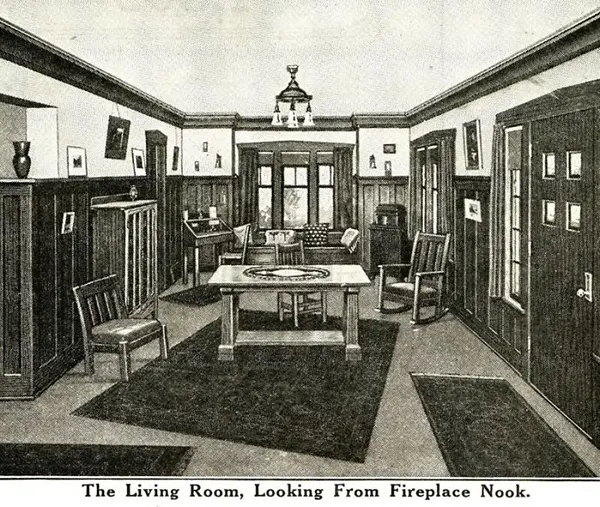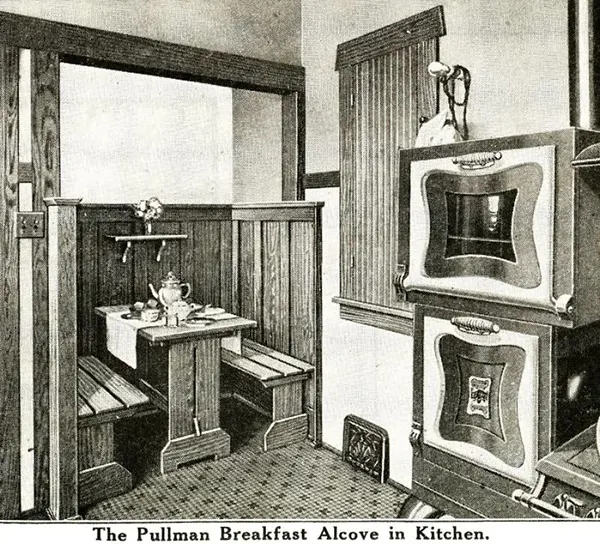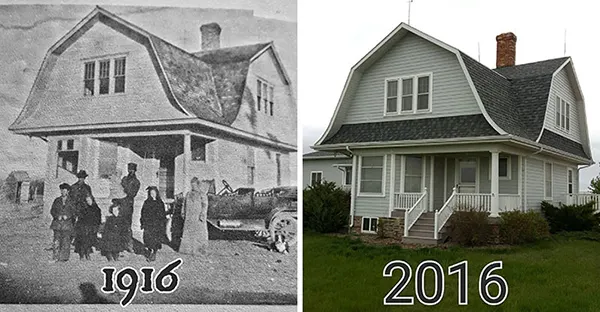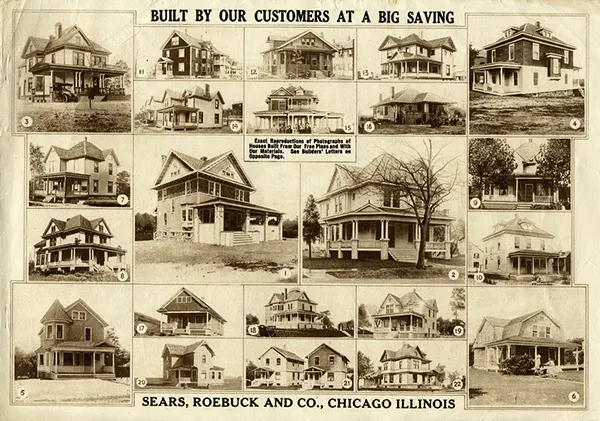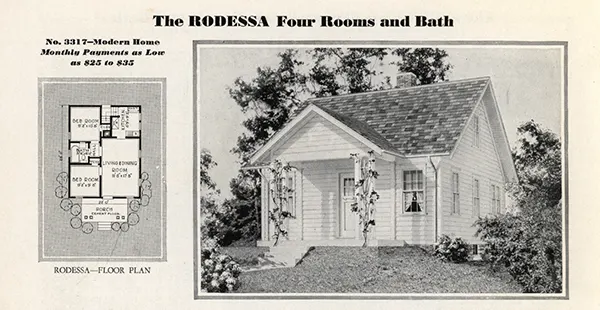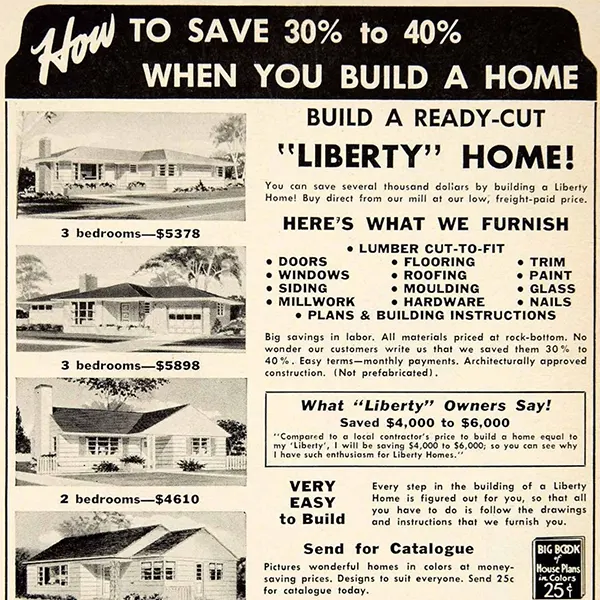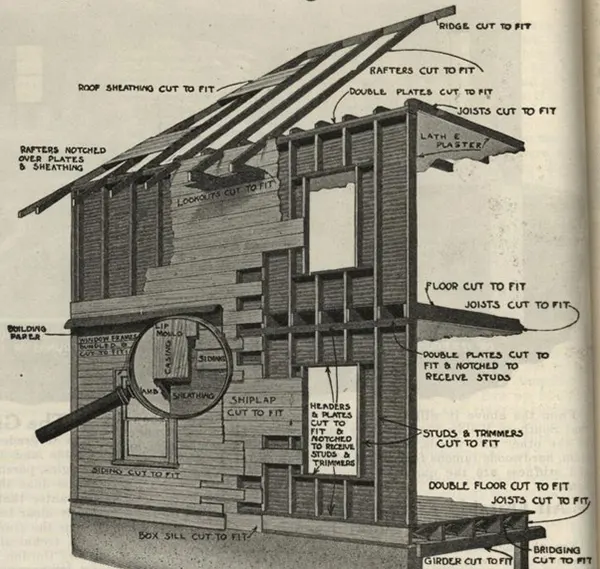In the early 20th century, a revolutionary concept in home buying and construction emerged through the pages of the Sears, Roebuck and Co. catalog. This innovative idea was the mail-order kit house, a concept that allowed thousands of Americans to own homes by purchasing them in a seemingly unconventional way – through a catalog. From 1908 to 1942, Sears sold more than 70,000 of these houses across North America, marking a significant chapter in the history of American housing.
The process of acquiring a Sears Modern Home was straightforward yet remarkable for its time. Customers would choose a house design from the Sears catalog, which offered a variety of styles and price points. Once ordered, the house would arrive in a railroad boxcar as a precut kit, complete with all the necessary materials and instructions for assembly. This kit included everything from lumber, roofing, and flooring to nails and paint. Essentially, it was a full house, disassembled and ready to be put together like a giant jigsaw puzzle.
The range of styles offered in the Sears catalog was extensive, with more than 370 designs available over the 34-year history of the line. These styles included quaint bungalows, stately Colonials, and charming Cape Cods, catering to a wide array of tastes and needs. This diversity not only made the houses appealing to a broad spectrum of customers but also ensured that Sears Modern Homes could be found in various communities, blending in with traditionally built houses.
The appeal of these mail-order houses was not just their aesthetic variety but also their incorporation of modern technology. Many of these homes came equipped with features that were cutting-edge at the time, such as central heating, indoor plumbing, and electricity. These features made the homes not just structurally sound but also comfortable and convenient, reflecting the technological advancements of the early 20th century.
Sears Modern Homes were primarily purchased by customers on the East Coast and in the Midwest, but their reach extended as far south as Florida, as far west as California, and even into Alaska and Canada. This wide distribution underscored the popularity and practicality of these kit homes.


